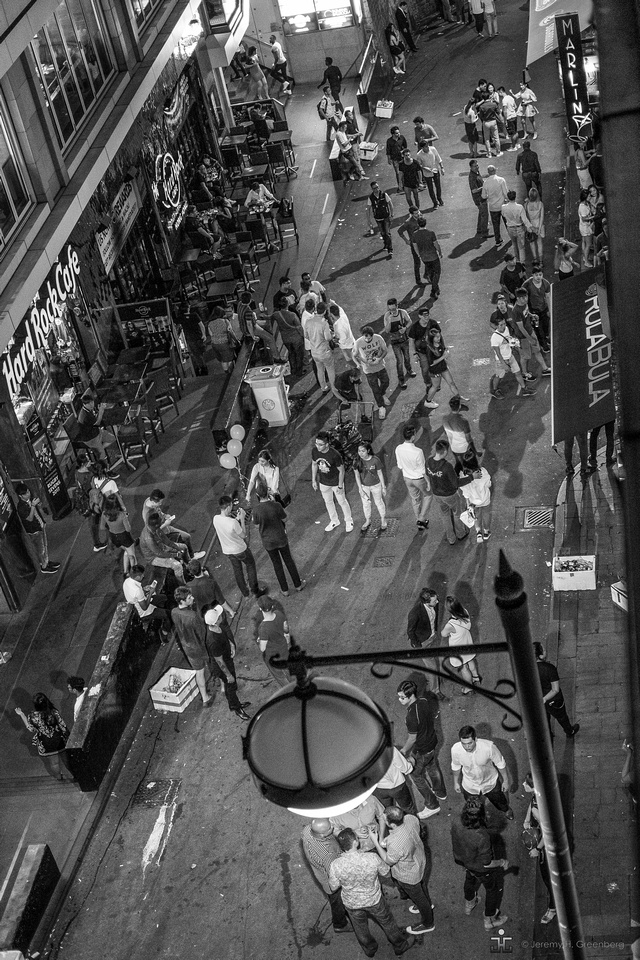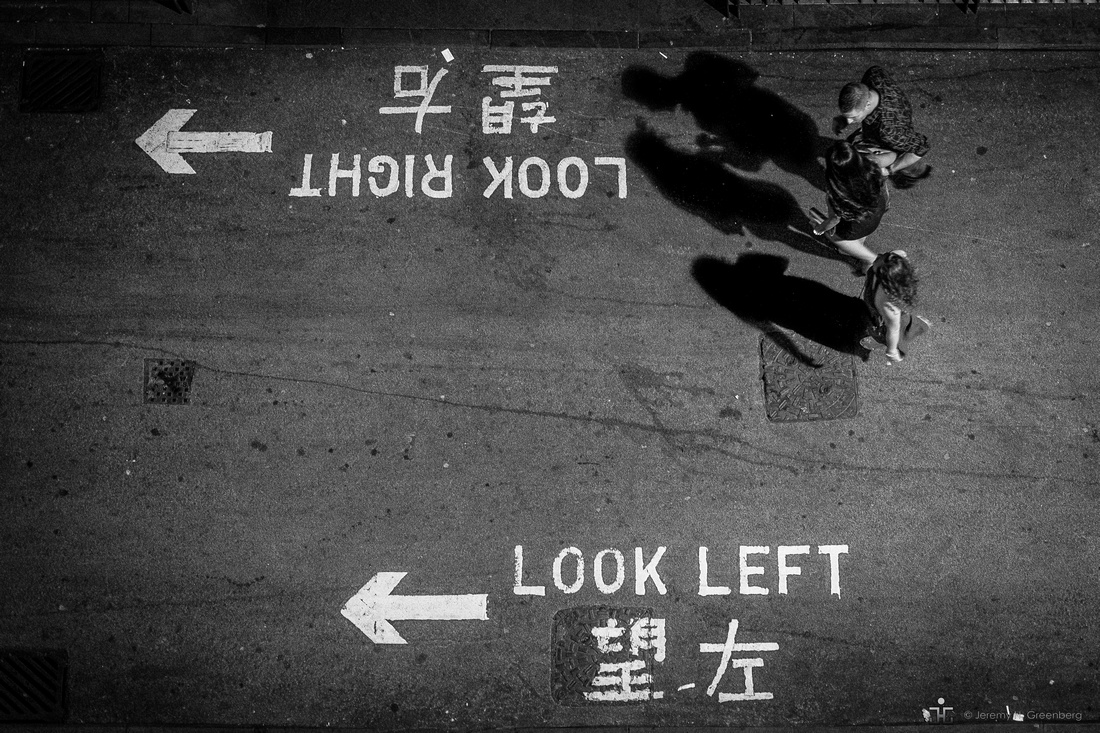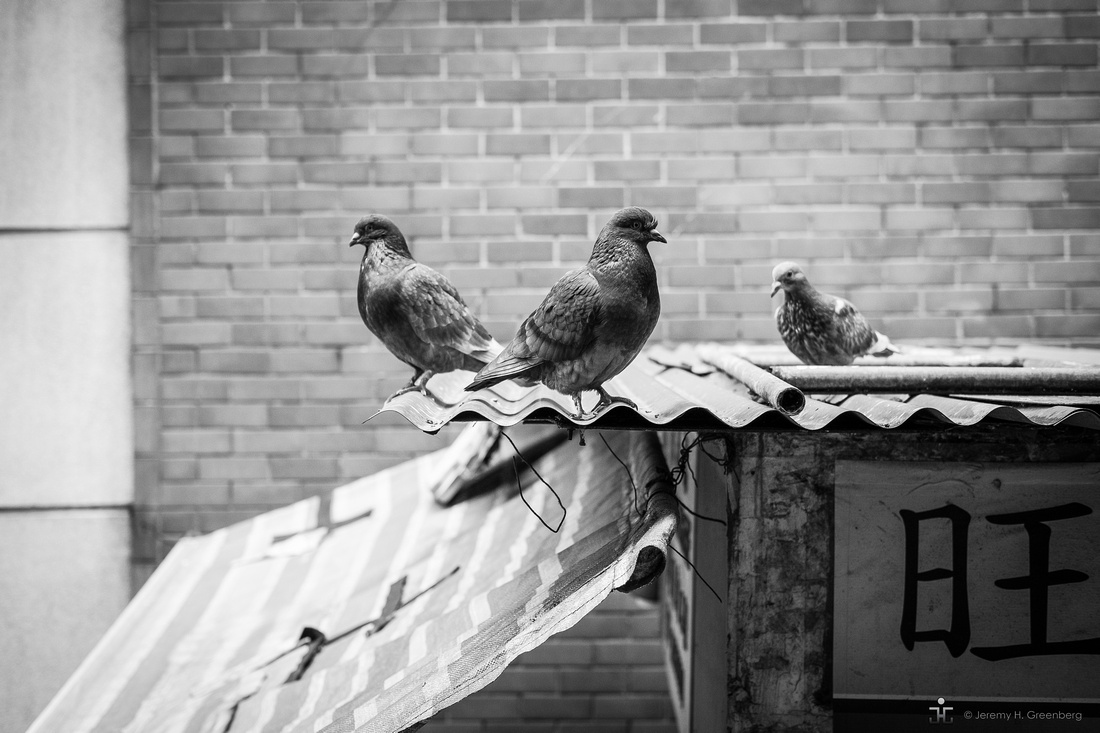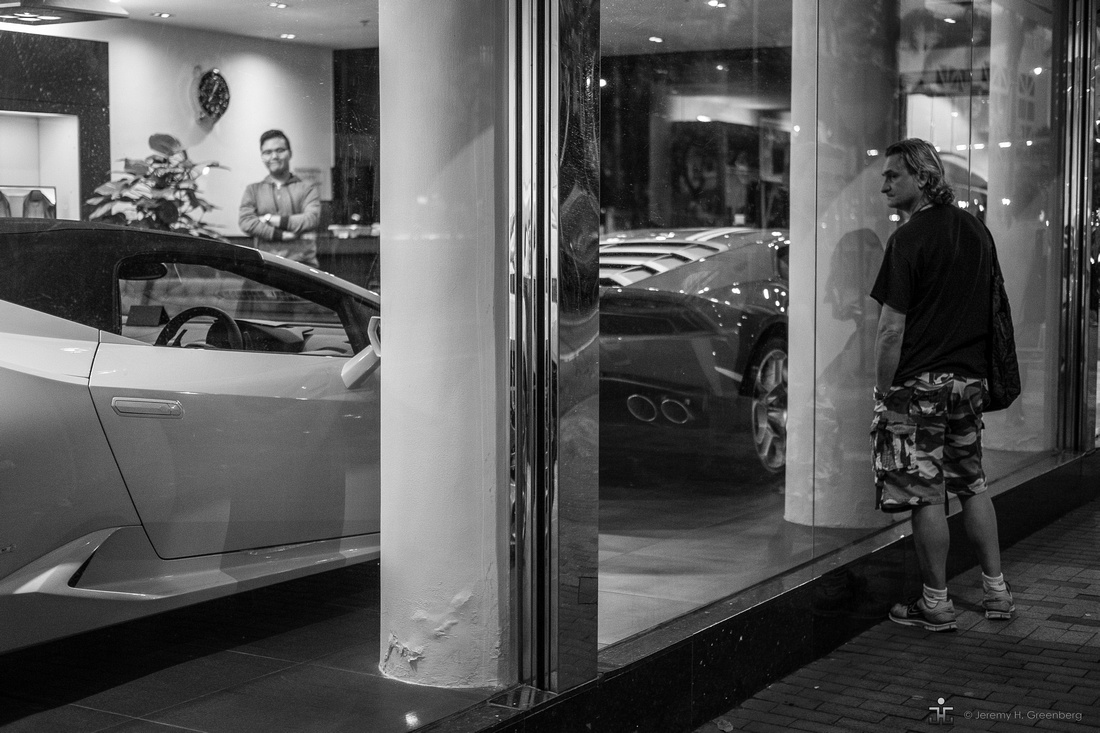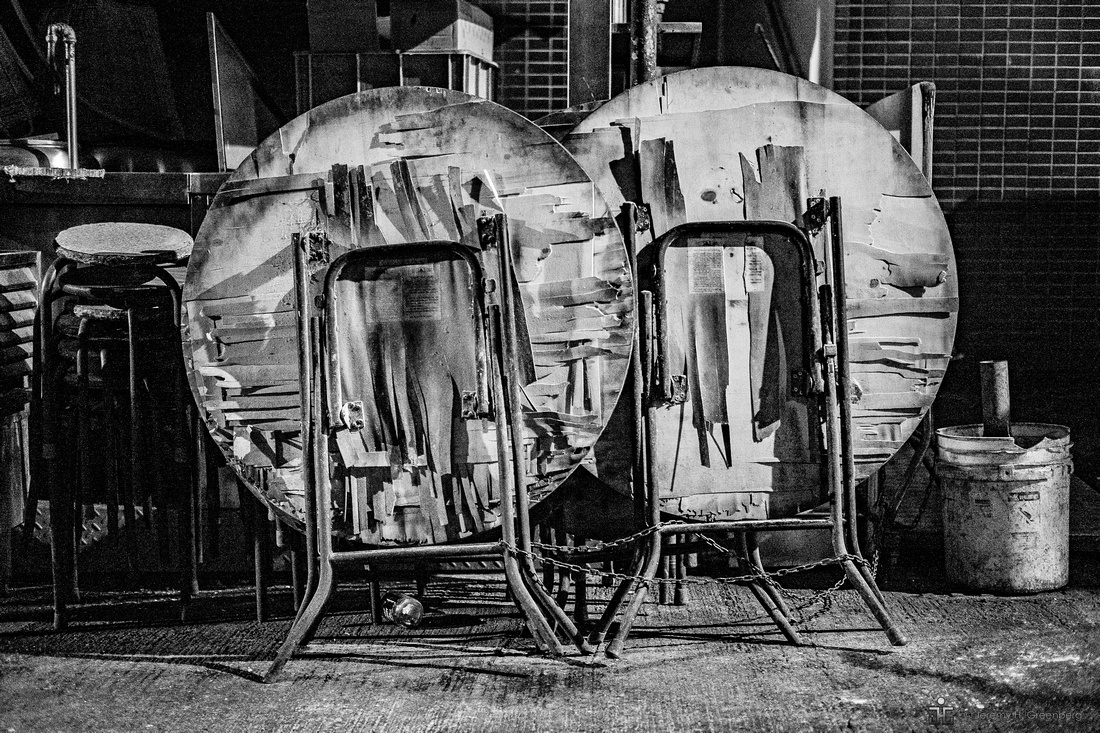Blog #61 On Assignment
Blog #61 On Assignment
All creatives in various fields face similar challenges. As photographers, to continue to create or to be motivated to continuously create can be quite a challenge. What project shall I work on next? How do I know if my current project(s) is done? These are typical questions that most of us will face and to varying degrees, struggle with, over time.
Avoid the trap of buying another camera or lens since this is not likely to lead to improvement in any measurable way. Sure, you can eBay any new camera or lens, unpack the box, smack a roll of whatever film and head out to the wild blue yonder but that’s a false approach to creativity. It’s bogus and unlikely to result in any real personal growth let alone artistic progress.




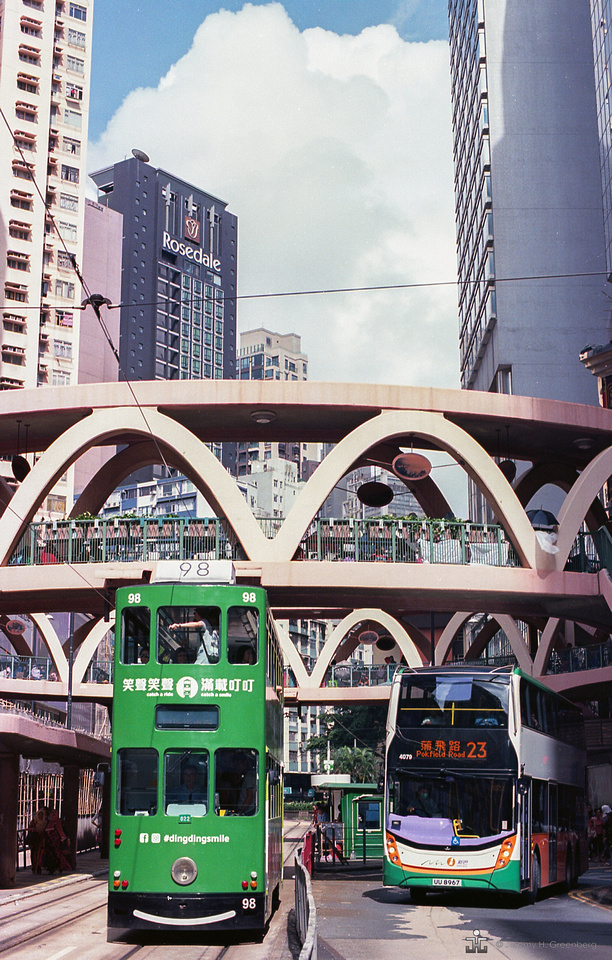



National Geographic has assignments that anyone can submit to for free. There is a plethora of sources for contests and assignments online through many sources. Ted Forbes (YouTube) holds photo assignments every other Monday that are worthwhile and free. Friends are great for this sort of thing as well. During those “in between” times between personal or commercial projects, it is critical to continue to hone one’s skills with the camera as well as with their eyes and creative mojo.
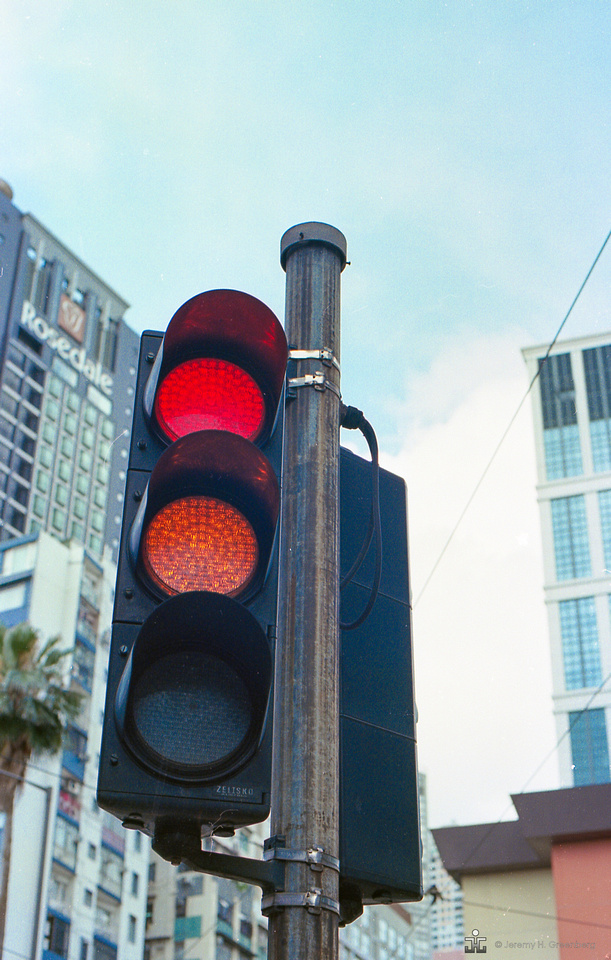

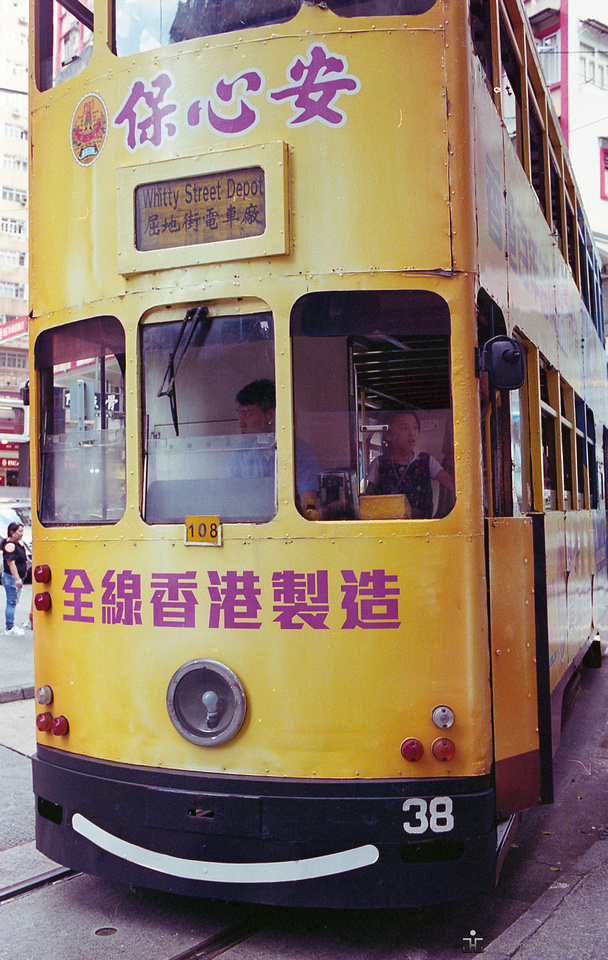

For example, a friend and avid photographer, Mike Epstein and I went on a self-imposed assignment this month. There were some pretty strict rules: we would shoot different brands of colour film (and later develop it at home ourselves), and use a 35mm focal length lens on one roll and a 50mm focal length lens on another roll. Mike suggested that we shoot images using the theme of transportation, and I obliged. So after our obligatory coffee we went out with our bags filled with colour 35mm film and camera loaded, and we got to work. Mike was kind enough to give me a roll of Cinestill 50 as well so of course we burned that one as well. The target rolls were Kodak Ektar 100 (shot mid-day with the 50mm lens) and Kodak Portra 400 (shot afternoon with the 35mm) lens.
The fairly strict rules forced us to work within these parameters. Actually, there are still quite a range of subjects that one can shoot on the streets of Hong Kong within this set of rules. There are tons of bright red taxis, road signs, trams, busses, bikes, and road signs. Having limits is actually helpful because we immediately eliminated more than half of what was going on. Without buildings, people, nature, rubbish, or things in general, our choices of subject were narrowed considerably.
The images herein were the result of that one-day color film two-lens self-imposed challenge. It’s a good experience and I would encourage any photographer to use the “On Assignment” mantra in between their other assignments or just for the hell of it.
The light is always right.
jhg
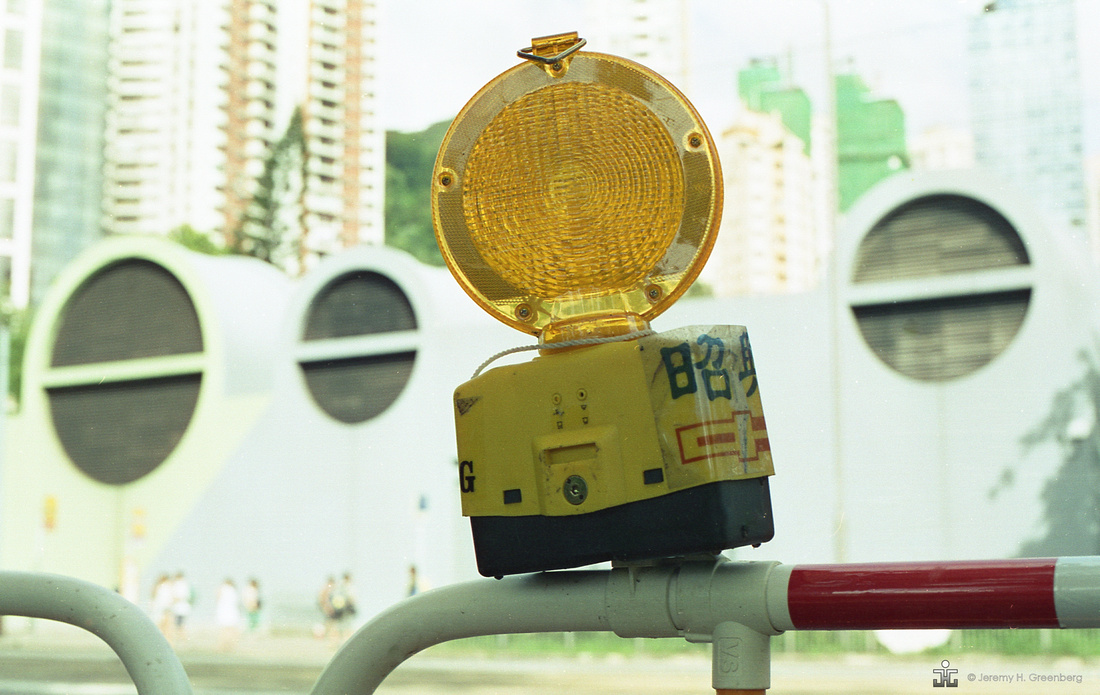

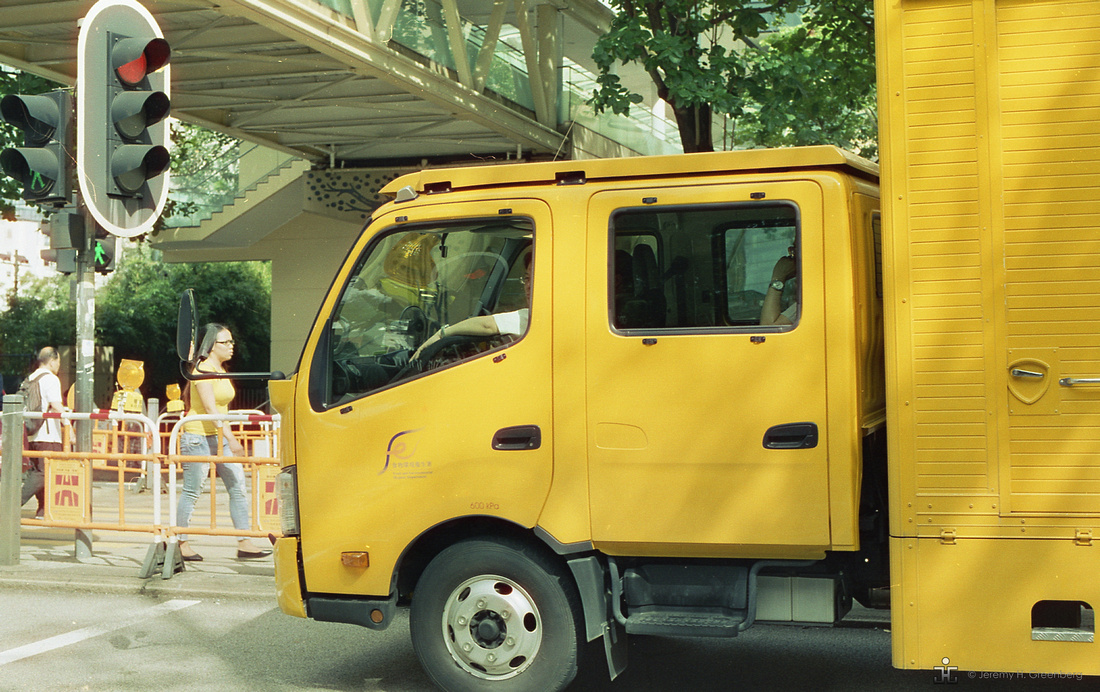

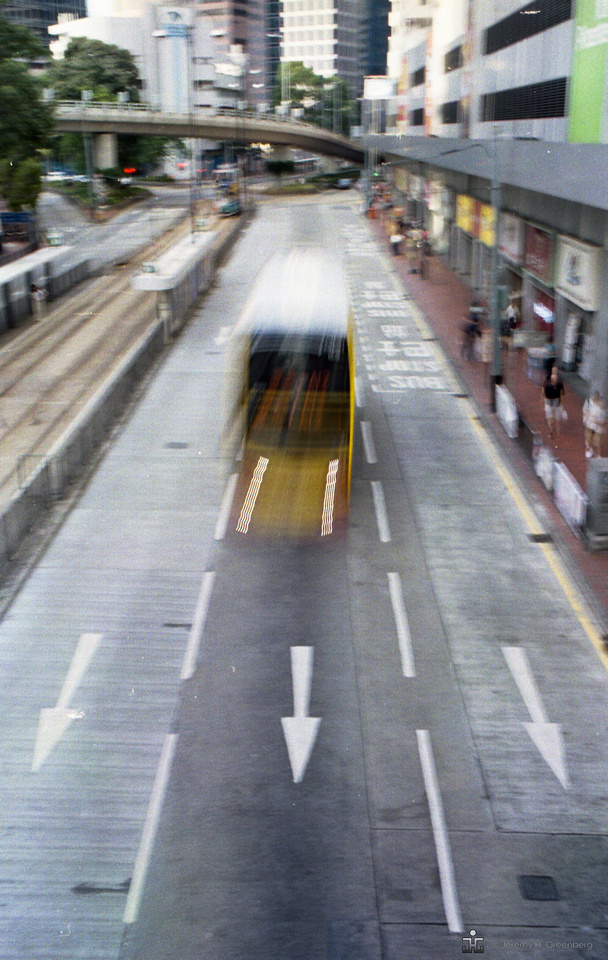

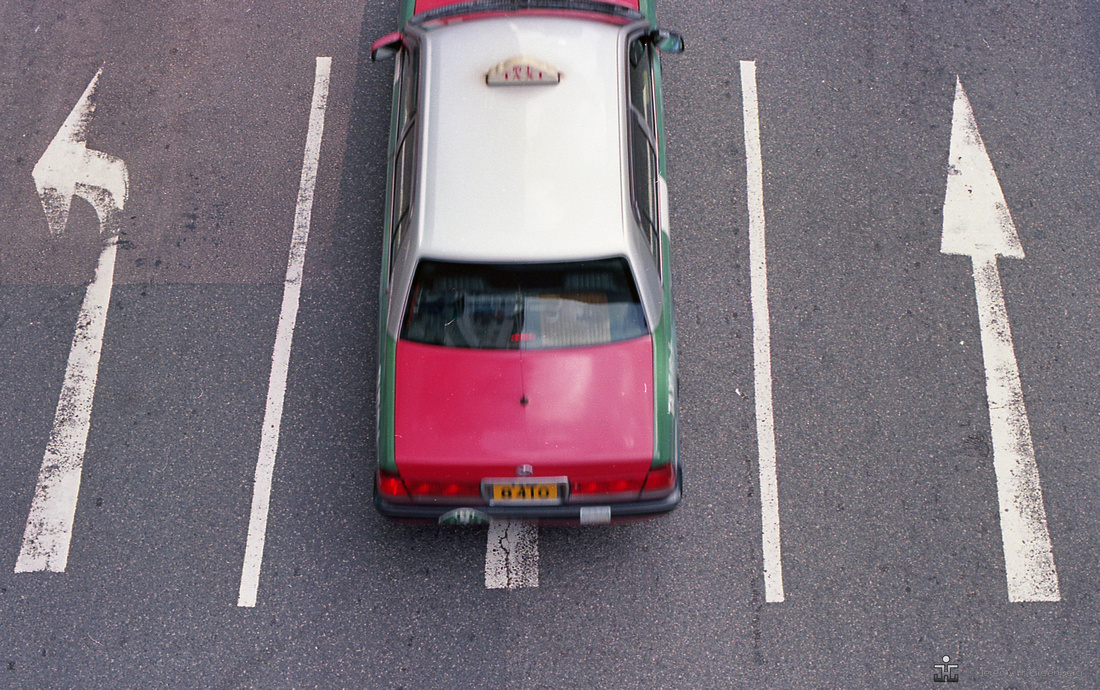

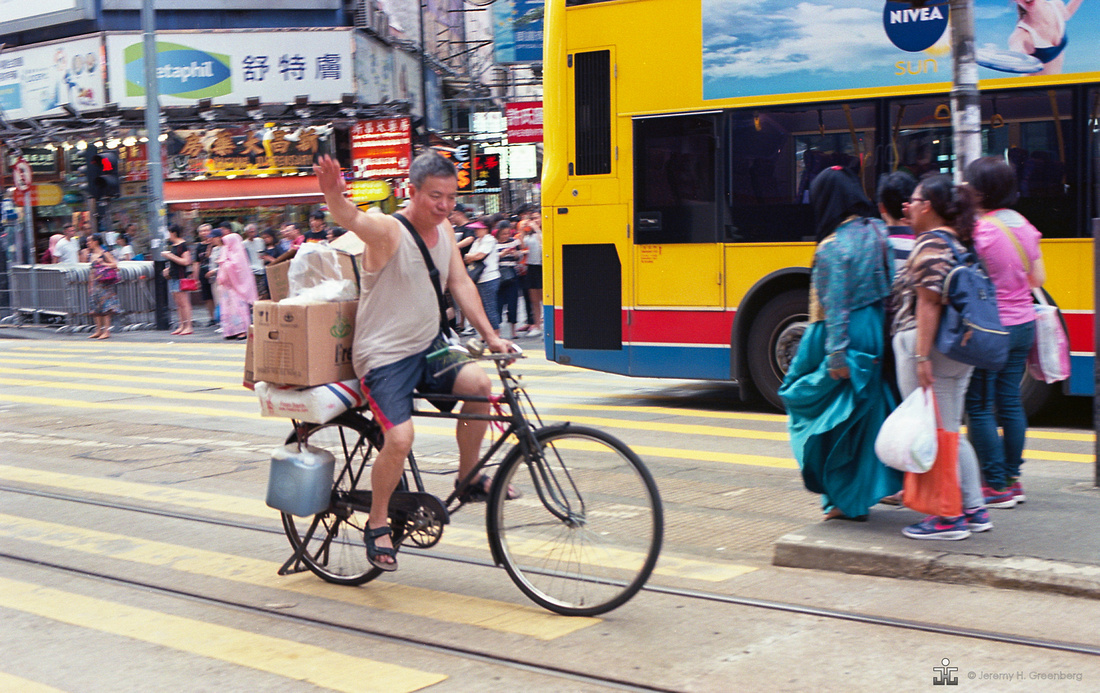

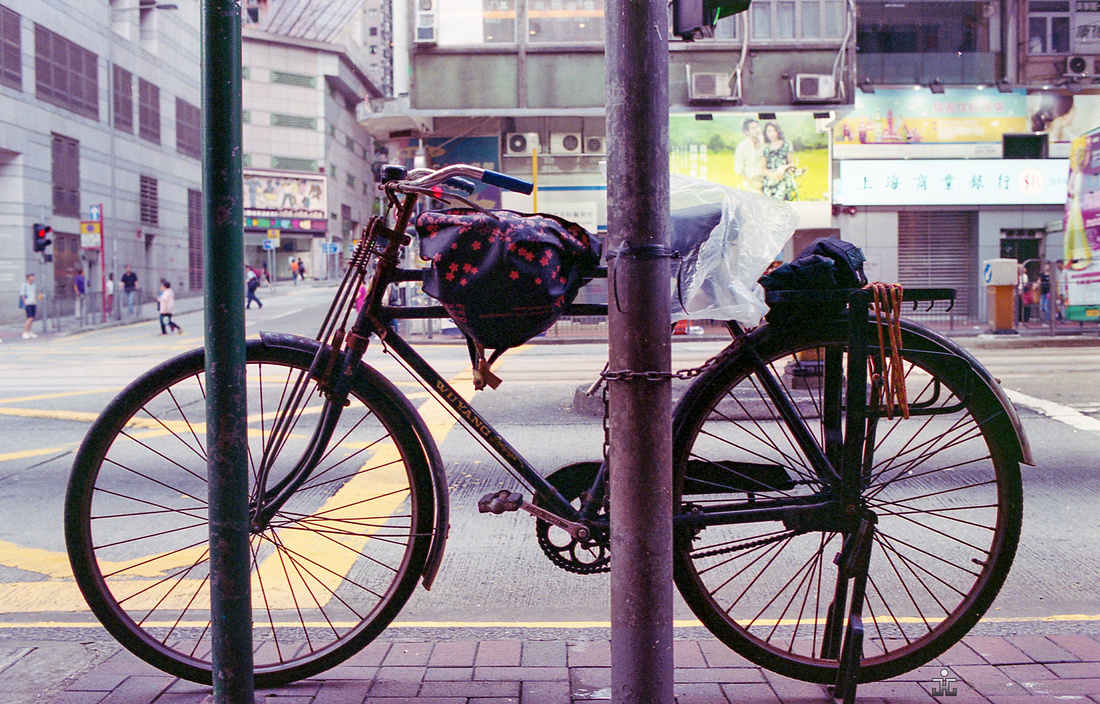

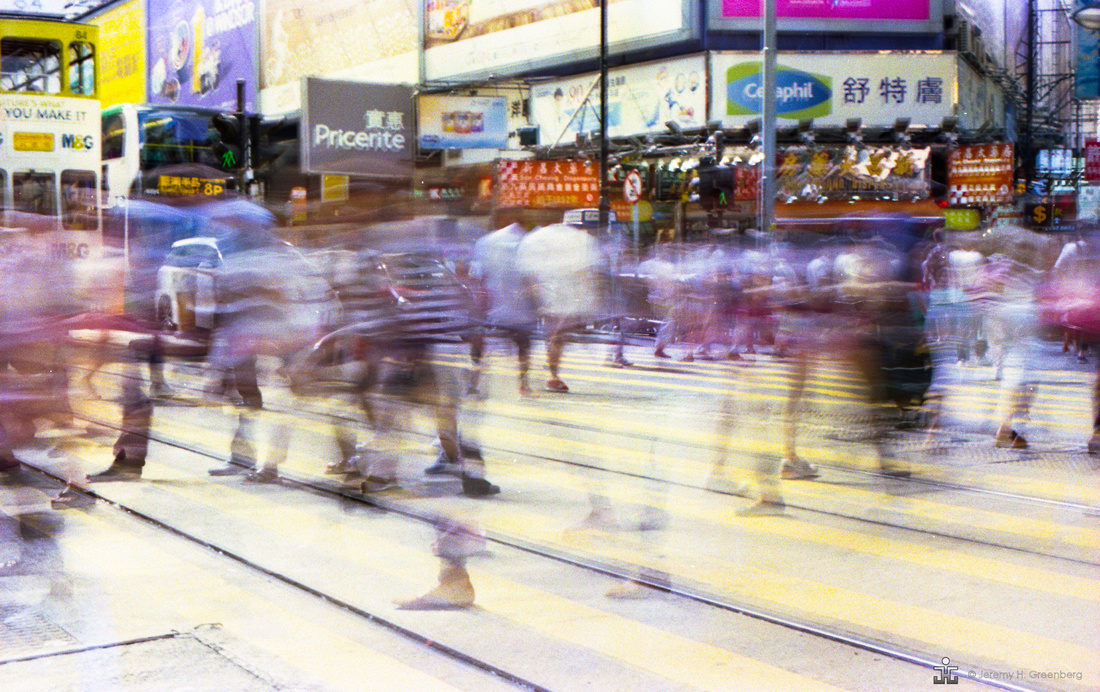

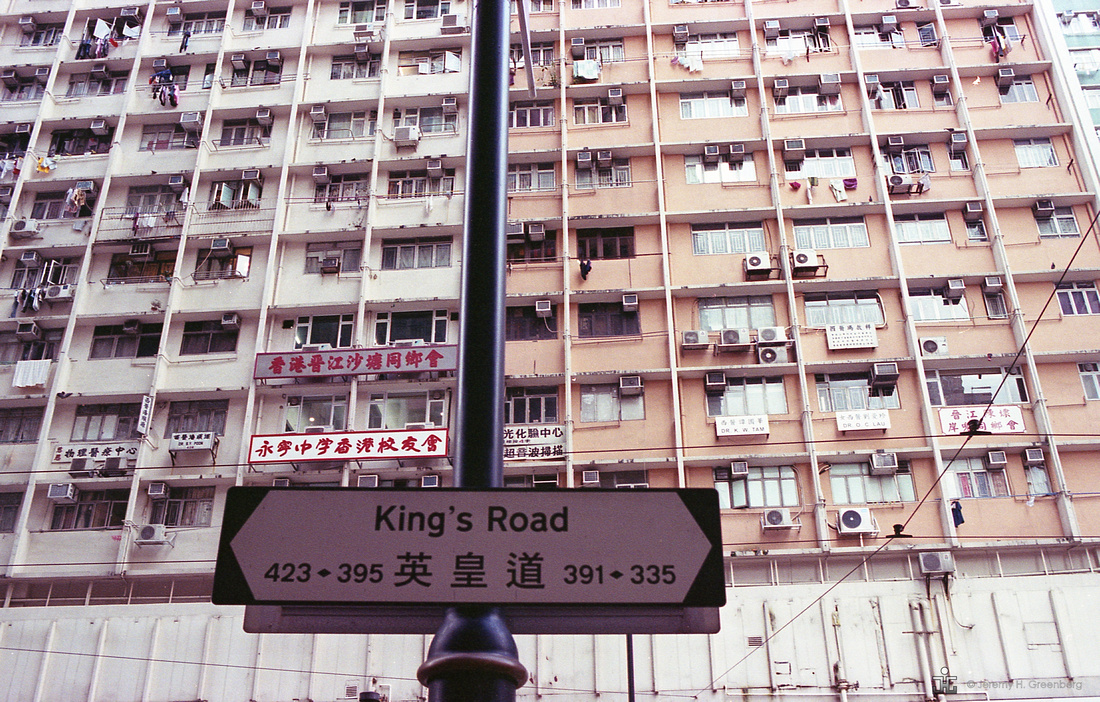

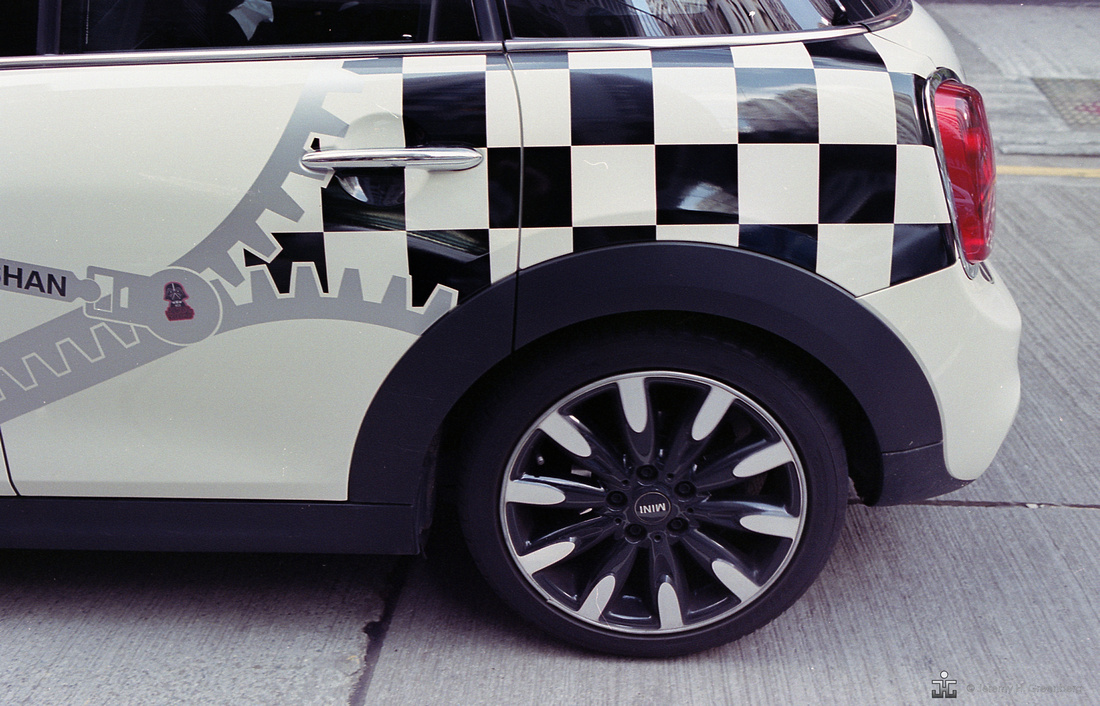

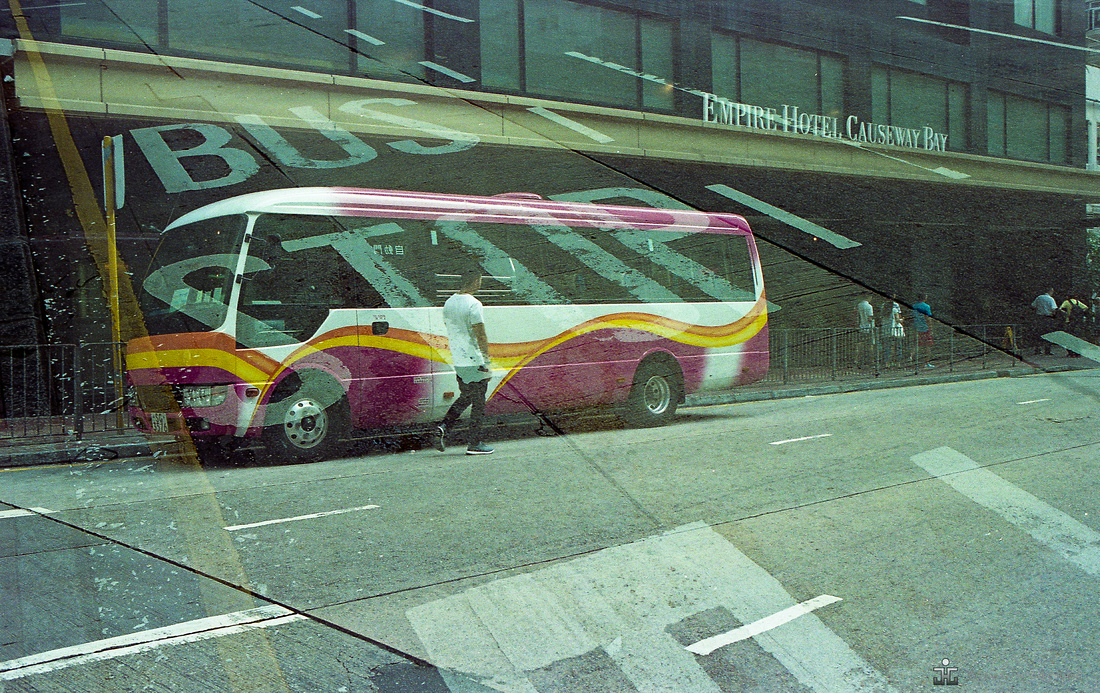

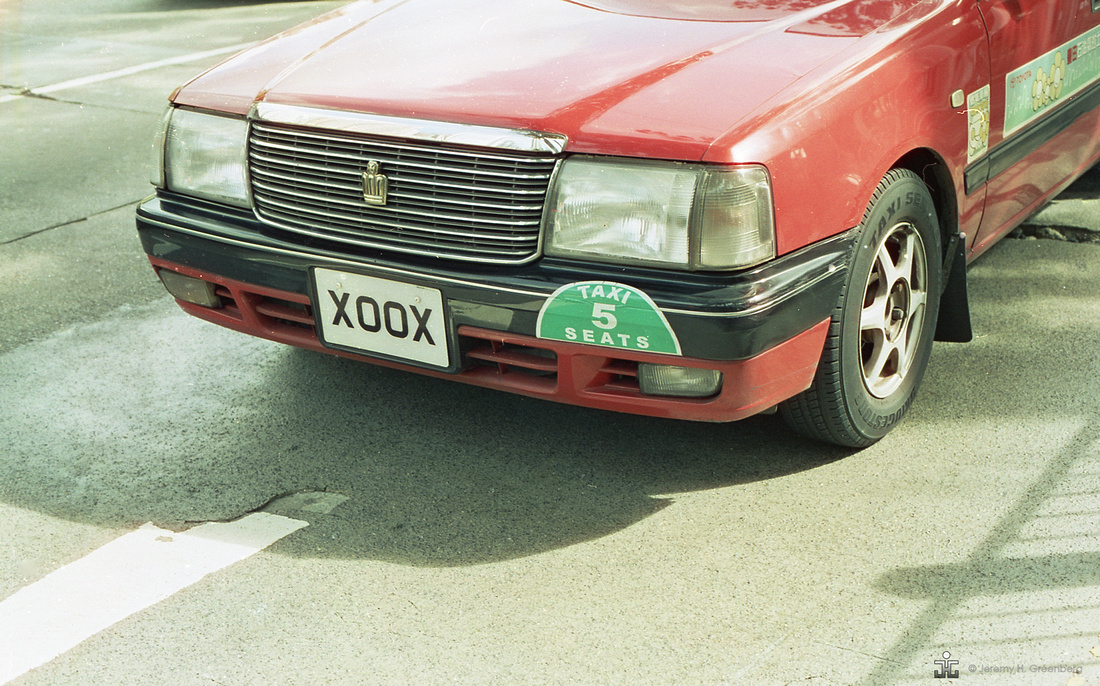

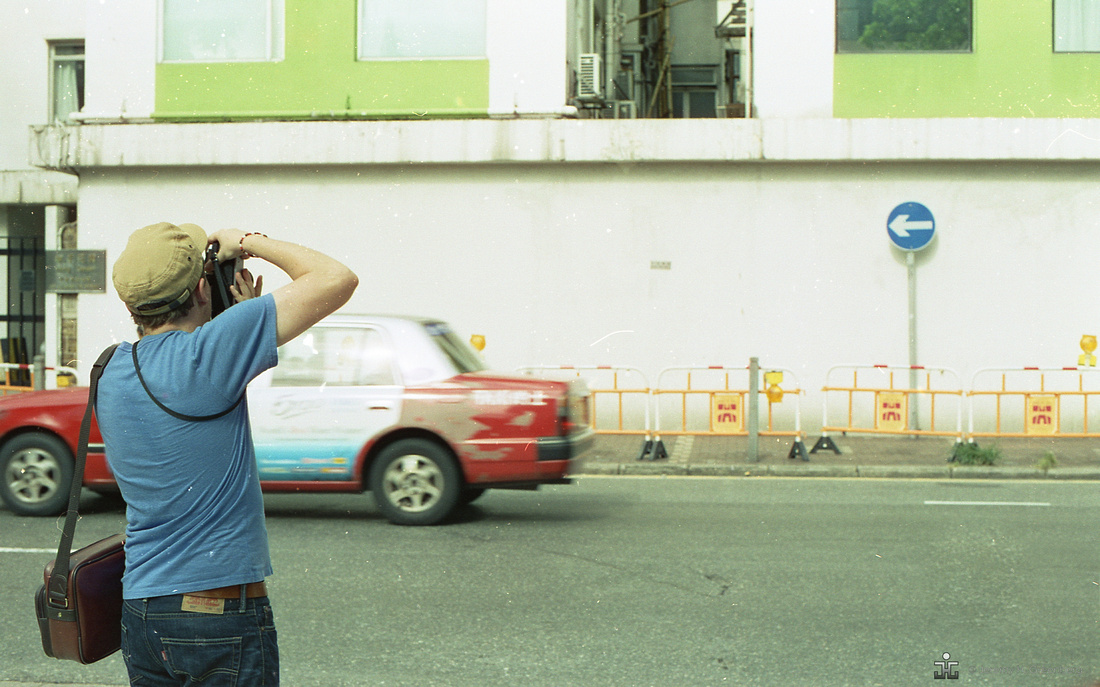

Special Workshop Announcement
*Special Street Photography HK Workshop Announcement*
Please e-mail me payment receipt and/or questions.
Lunch Included! Come and Learn how to make better [street] photos.
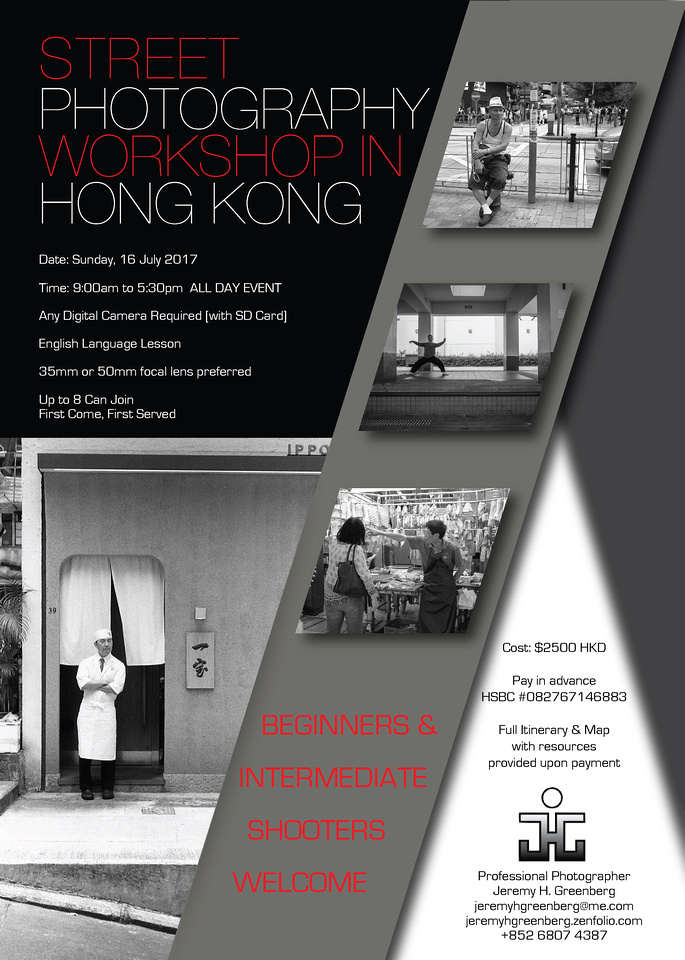

Blog #60 Atmosphere
Blog #60 Atmosphere
Have you ever looked out a window that has direct sun light pouring through and notice the specks of dust that dance around in a random fashion? Have you ever noticed and appreciated the grain associated with the film photographs and thought about the grain as though they were individual photons [particles of light]? There's an aesthetic there that is unique and special. I’m talking about the quality of a two-dimensional image that presents as a three-dimensional image. In other words, depth. When you can see and feel the air in a photography, it’s got atmosphere.
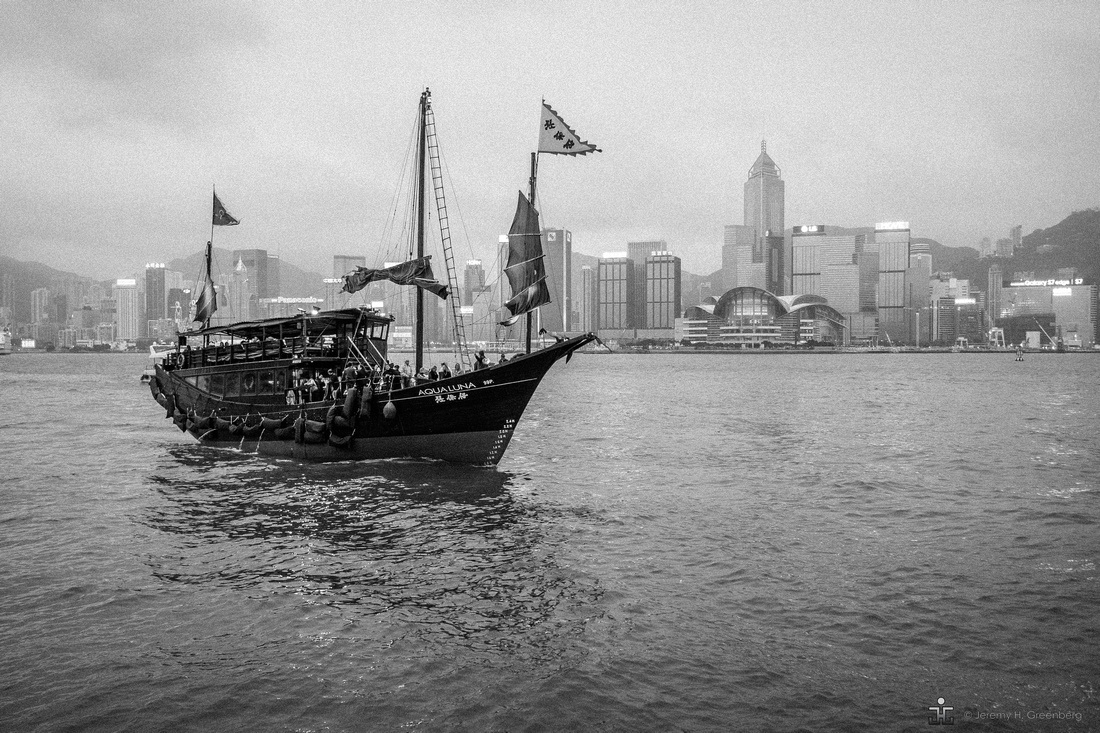

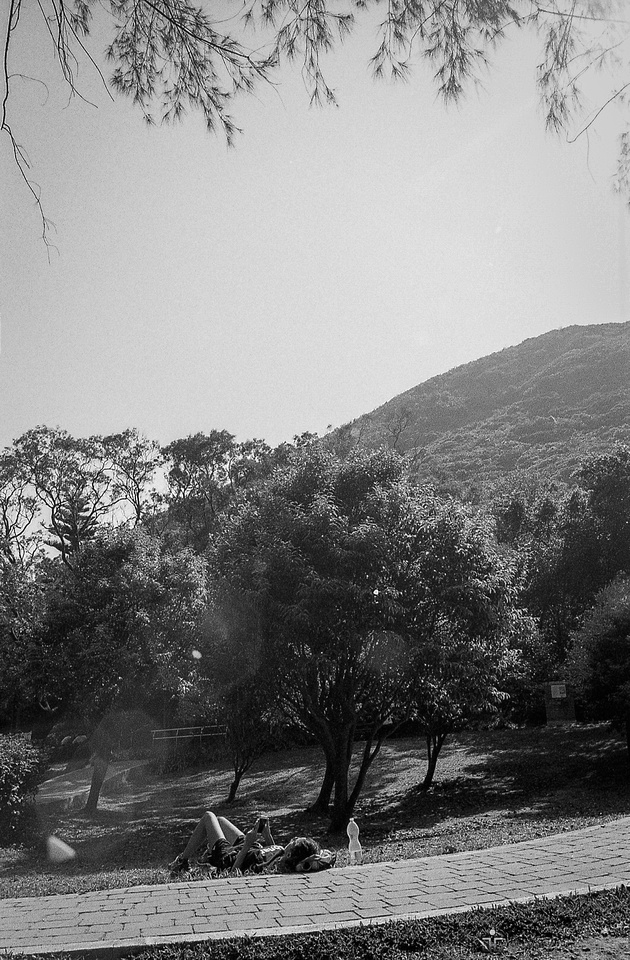

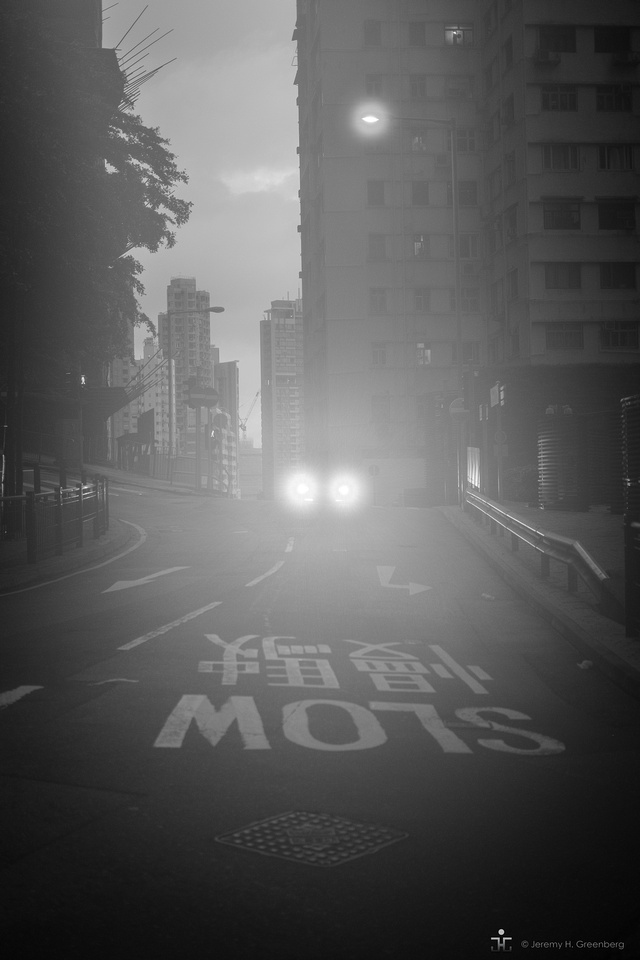

If you look at the Editor’s Favorite’s on the National Geographic website, you’ll know what I mean. There, you will find many excellent examples. Atmosphere is a special quality of an image that really makes it *POP* Sometimes this is due to the light. Sometimes this is due to the tones, or texture in the image. Atmosphere may be achieved through the gentle focus fall off that isolates the subject within the frame and allows everything else in the image to melt away. Grain or digital noise usually ads atmosphere to an image without degrading the quality or otherwise distracting from the subject.
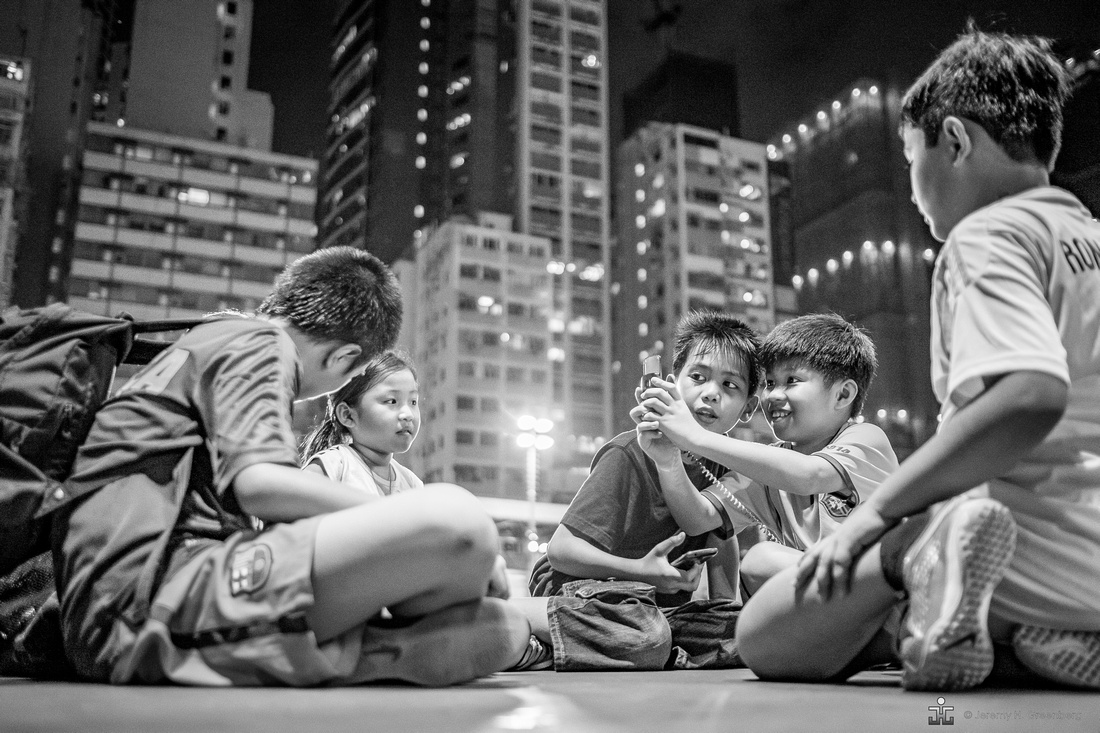

Atmosphere is the proverbial cherry on top of the image that is already good, already works, and achieves greatness. It’s the holy grail of photography. This is equally as difficult to achieve conscientiously as it is rare. Look for fog, lighting, or some tangible aspect in the air quality to capture. One of the ways that you can put the viewer into your image is through the addition or inclusion of atmosphere. It’s a real challenge to achieve this but the results are well worth the effort.
The light is always right.
jhg
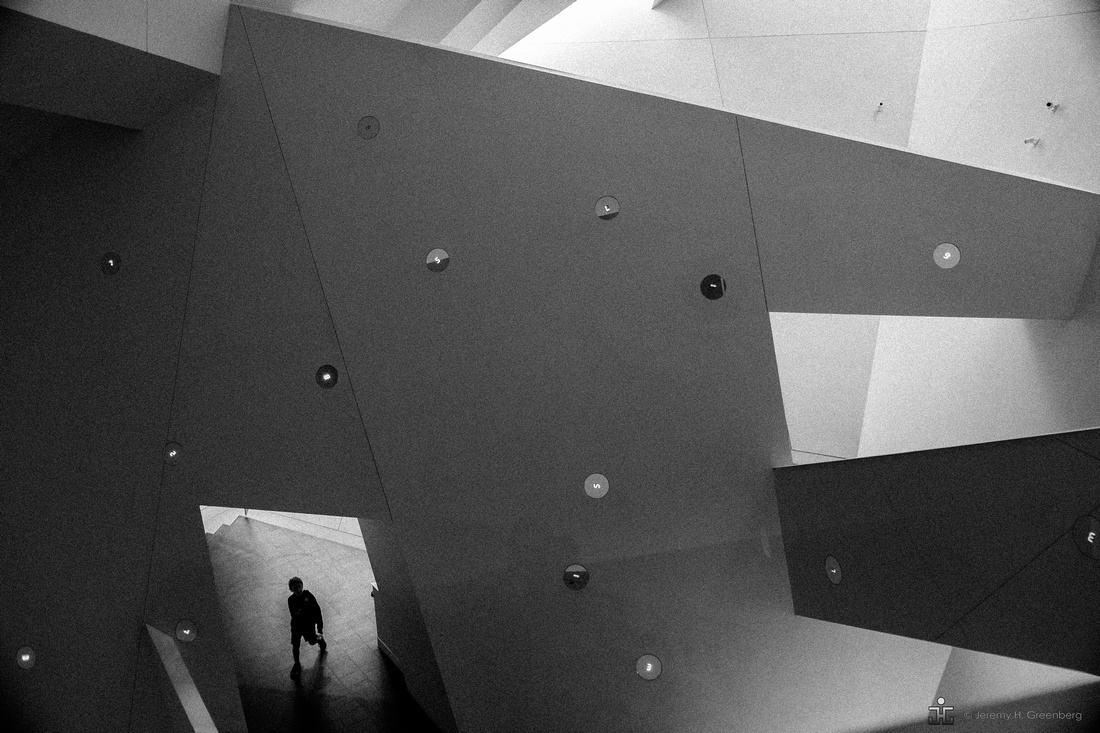

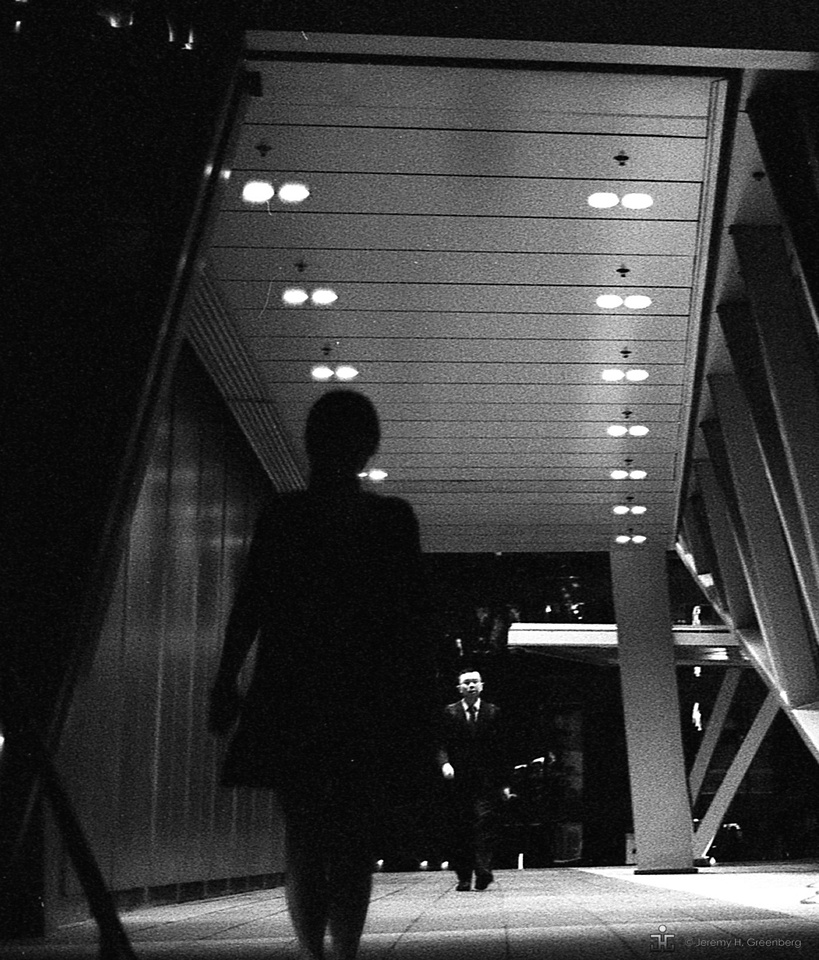

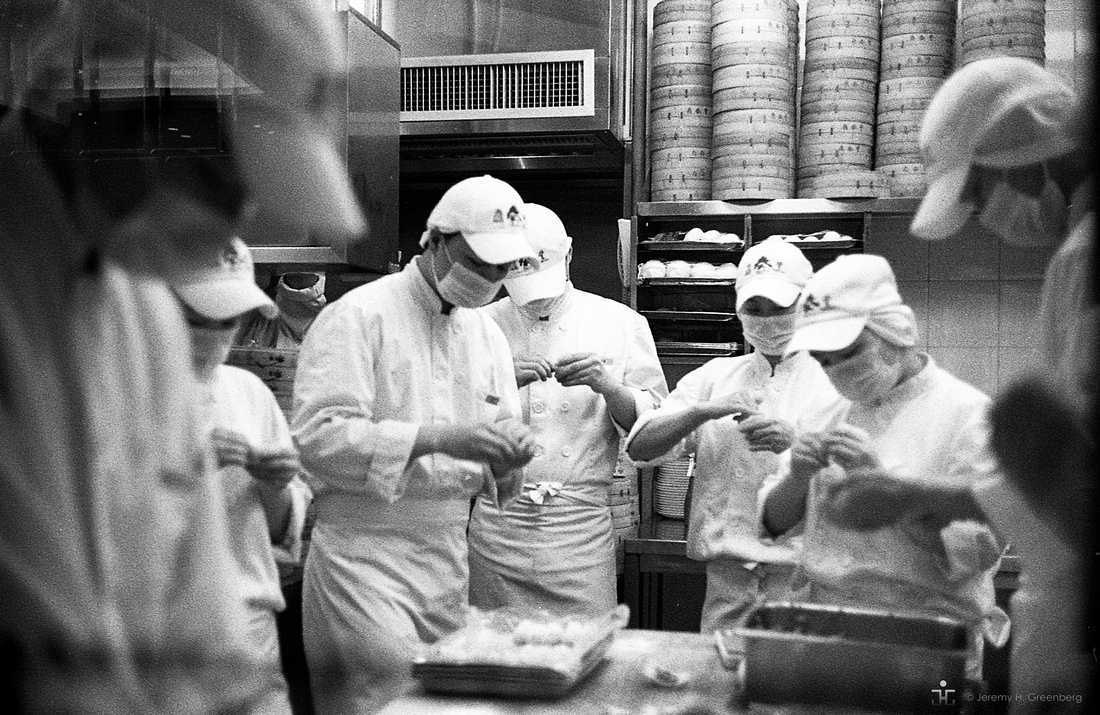

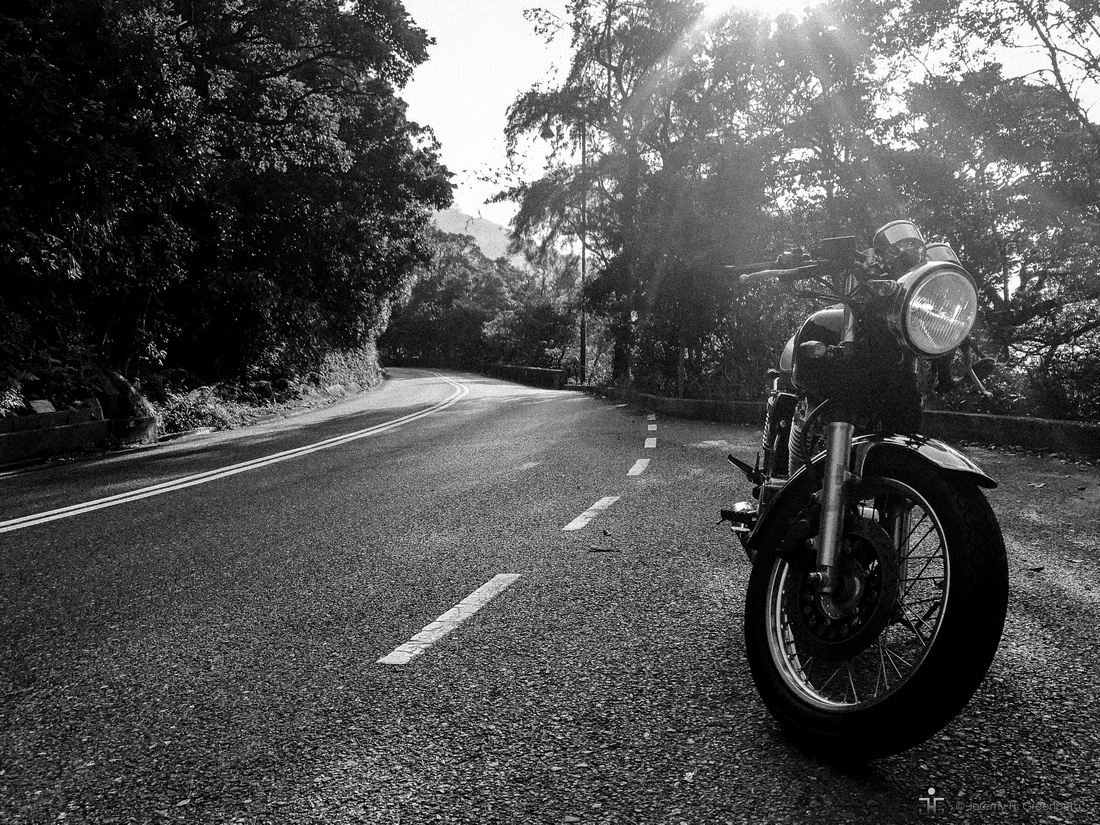

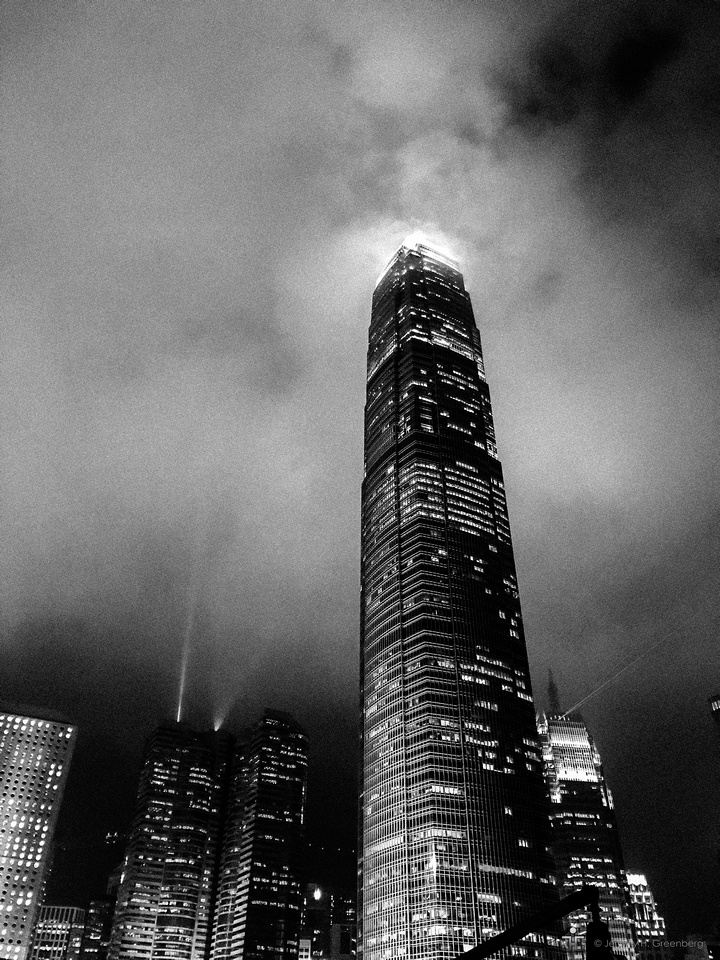

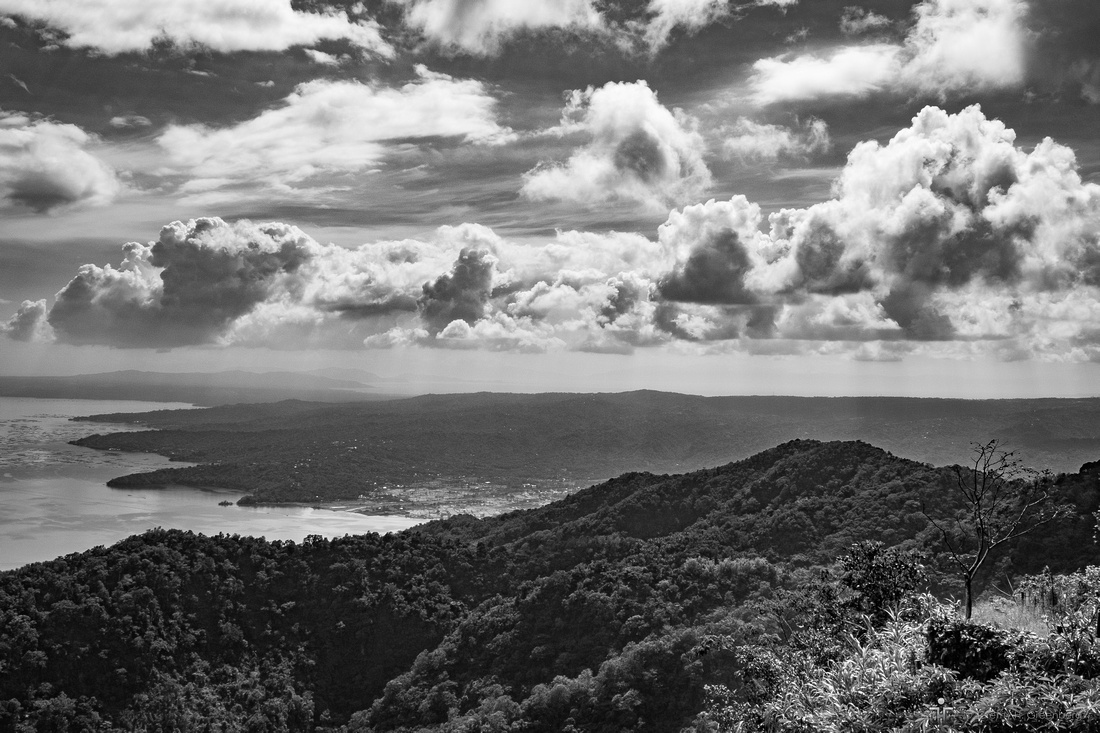

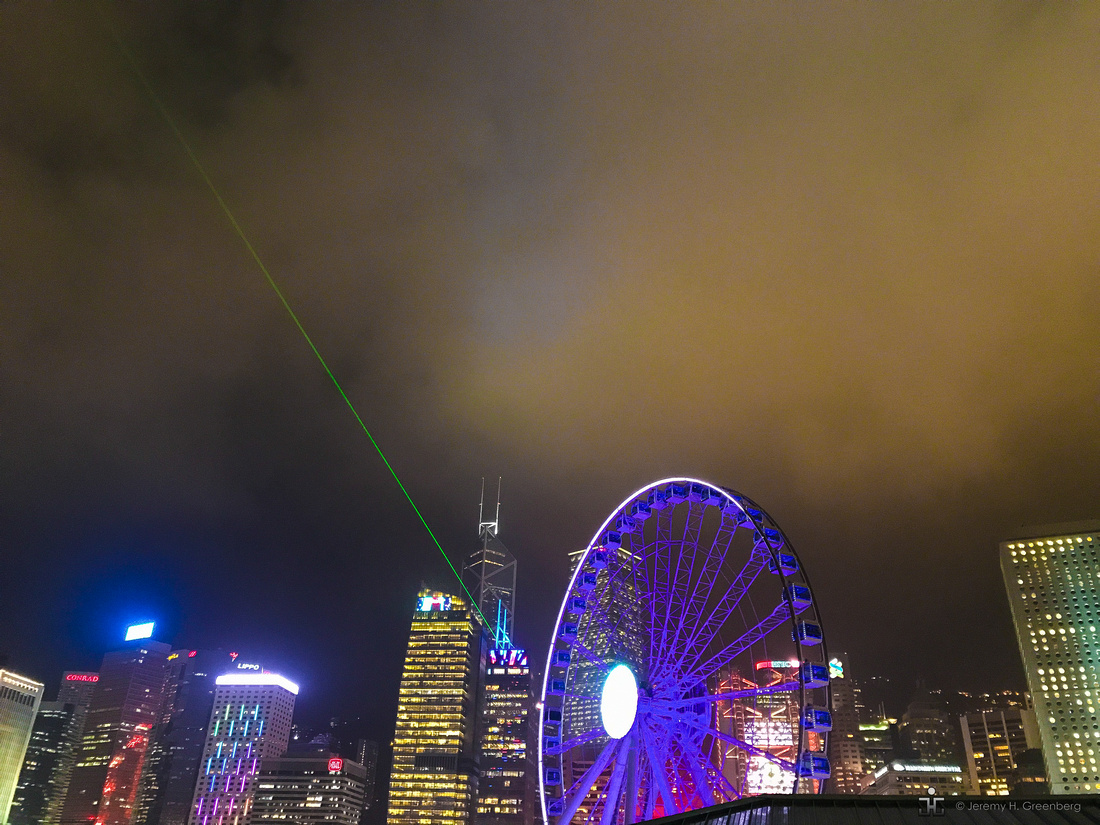

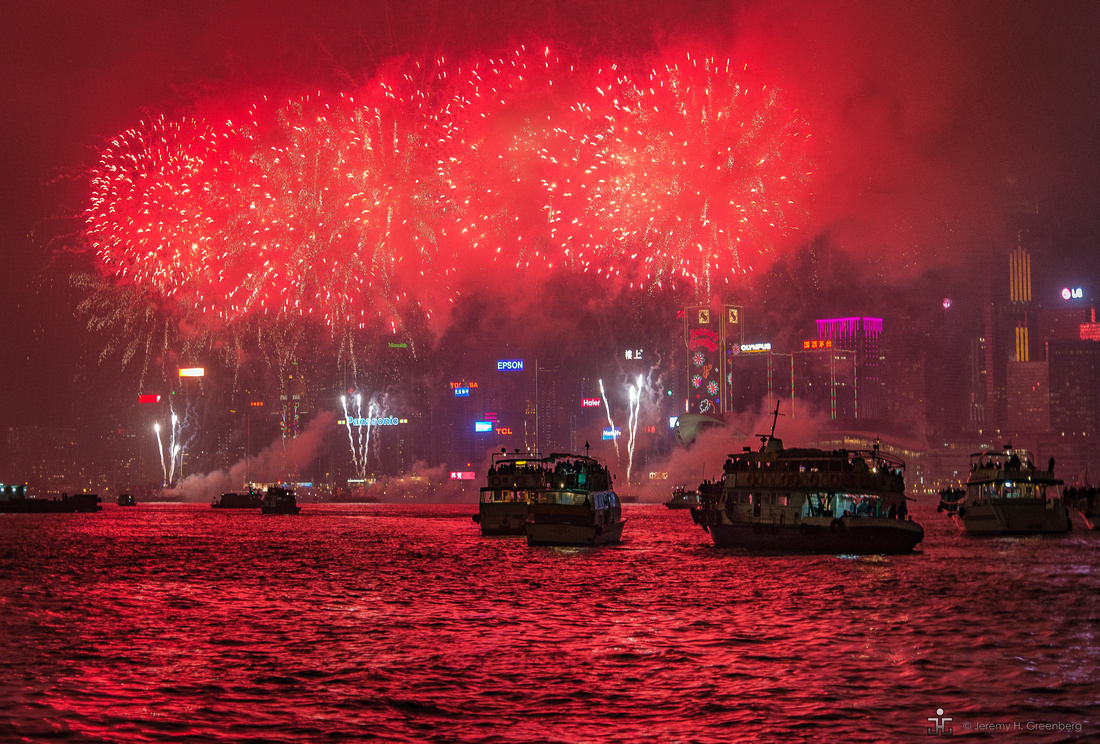

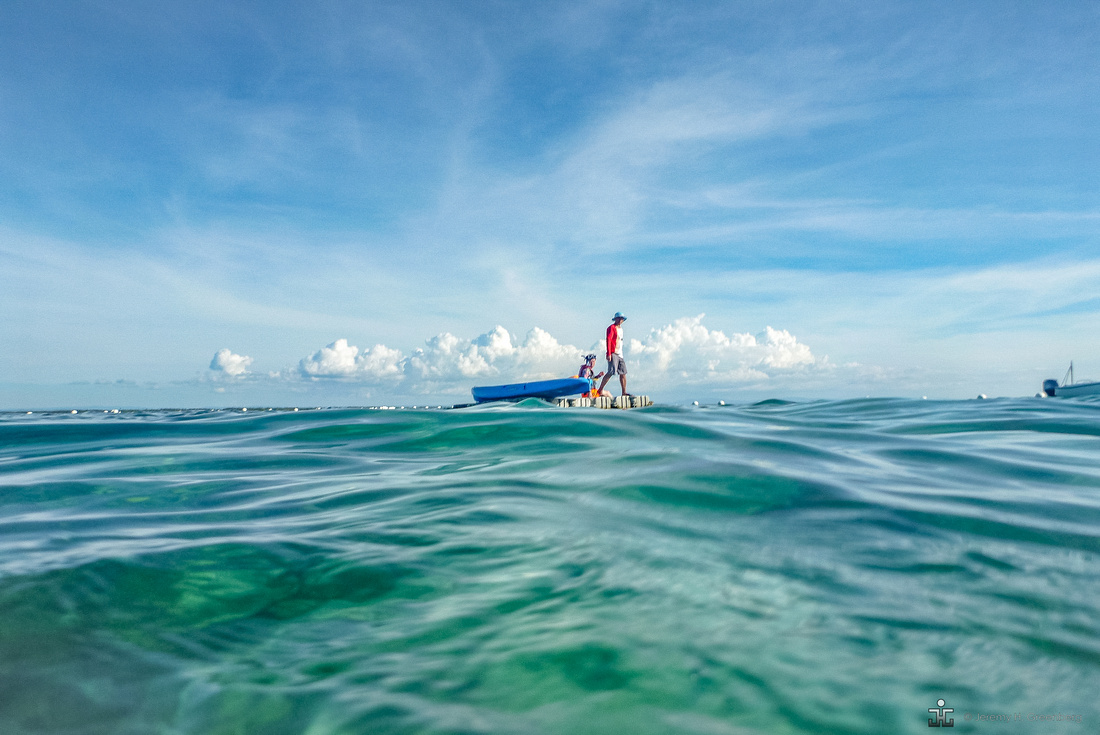

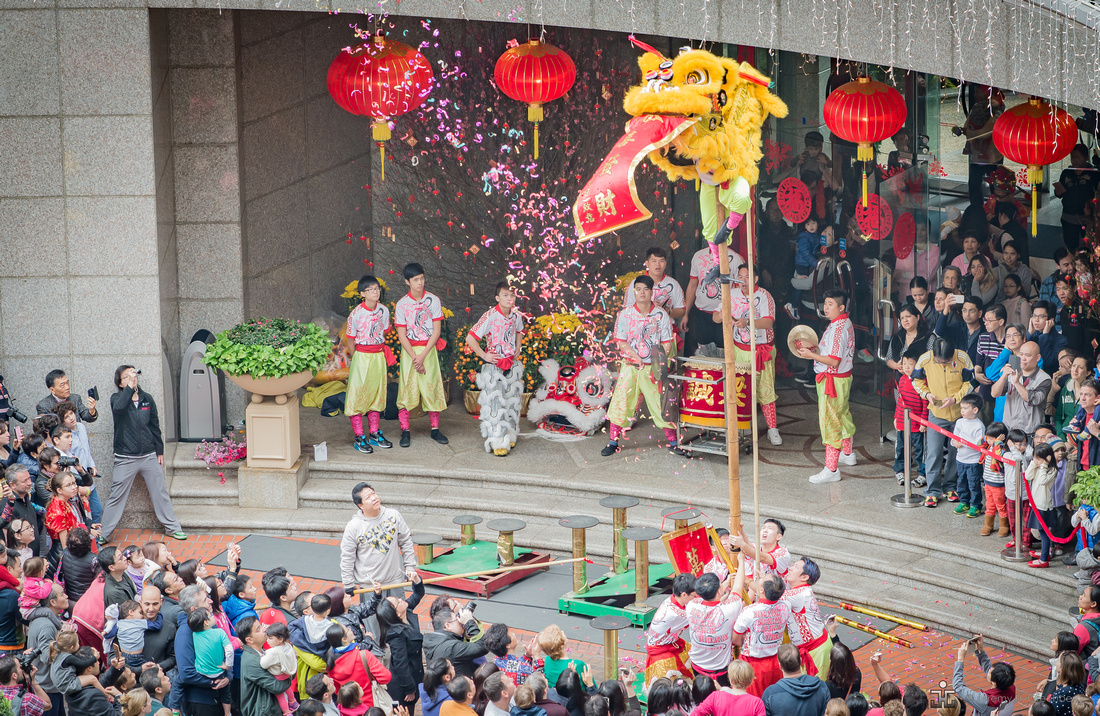

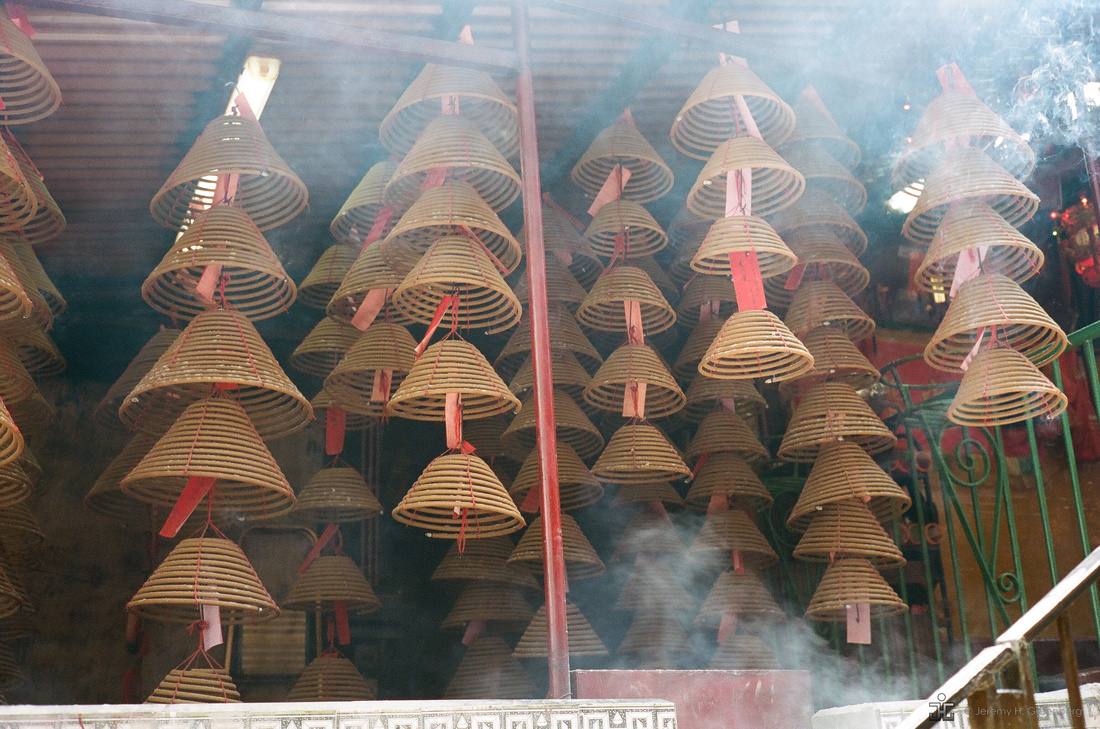



Blog #59 Hanging [with] Art
Blog #59 Hanging [with] Art
Spring is the season of art in Hong Kong. In March there is Art Basel which is followed shortly by the Affordable Art Fair in the month of May. These are wonderful shows that feature many types of art from artists all over the world. There are sculptures, paintings, drawings, and of course framed photographs of all sizes. The pieces are affordably priced hence the name. It’s wonderful thing to be surrounded by art, especially at home. A recent article in the South China Morning Post described this and offered some suggestions (SCMP).
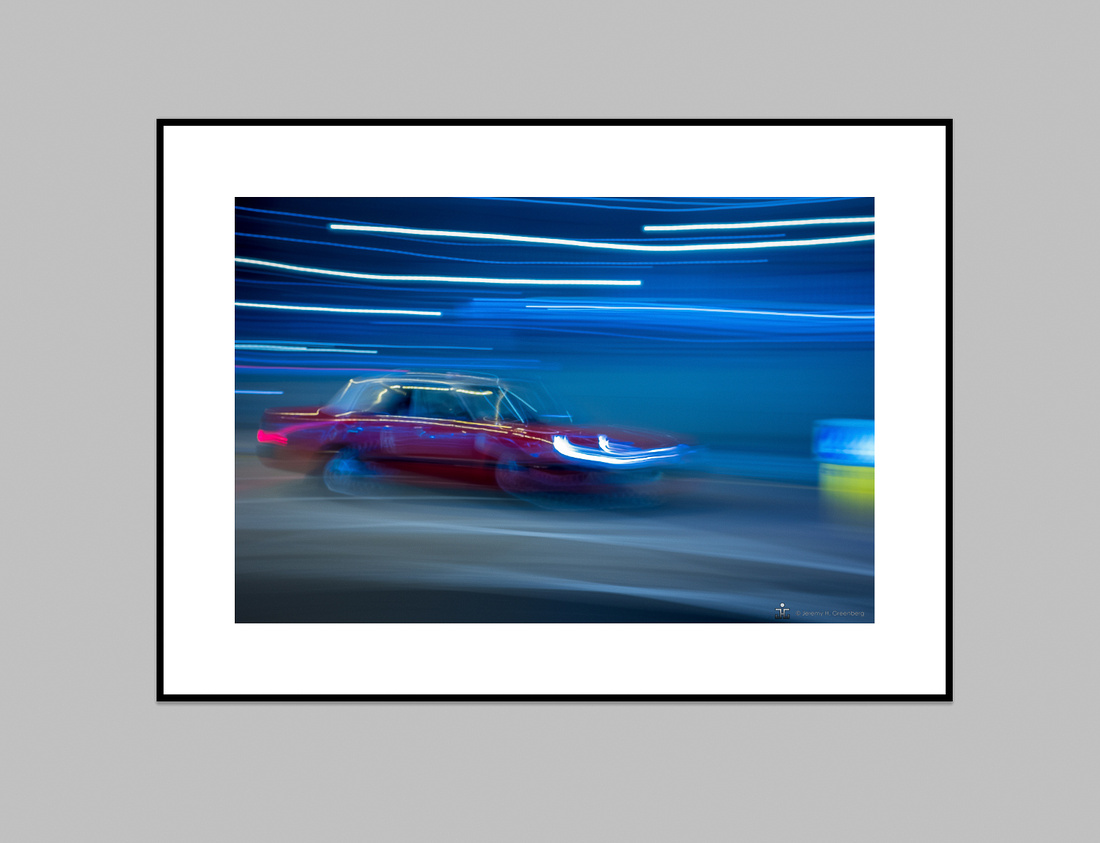

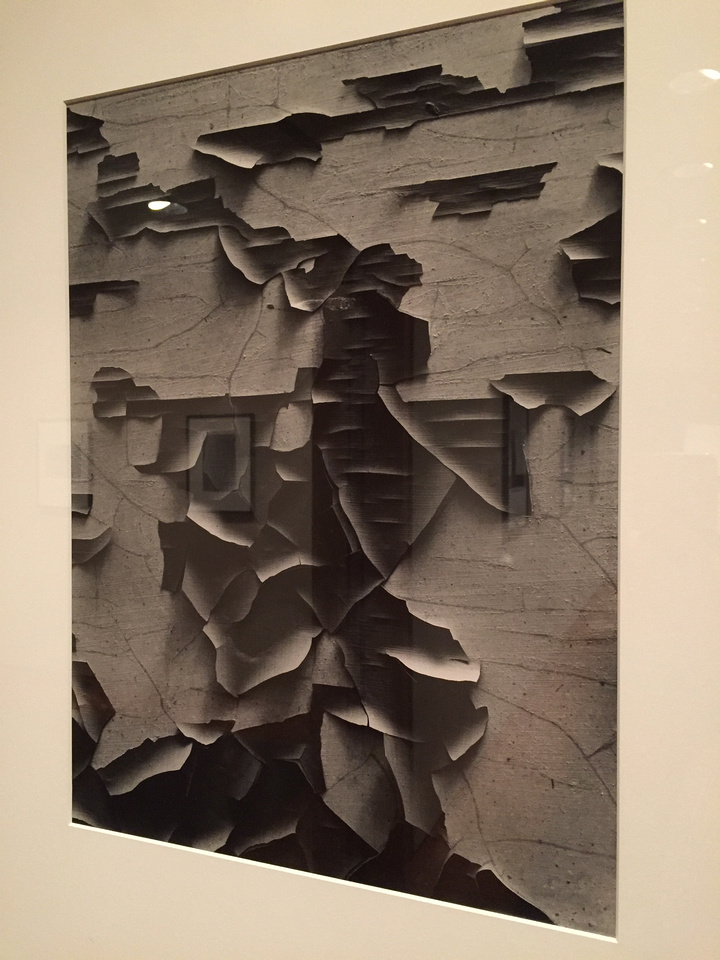

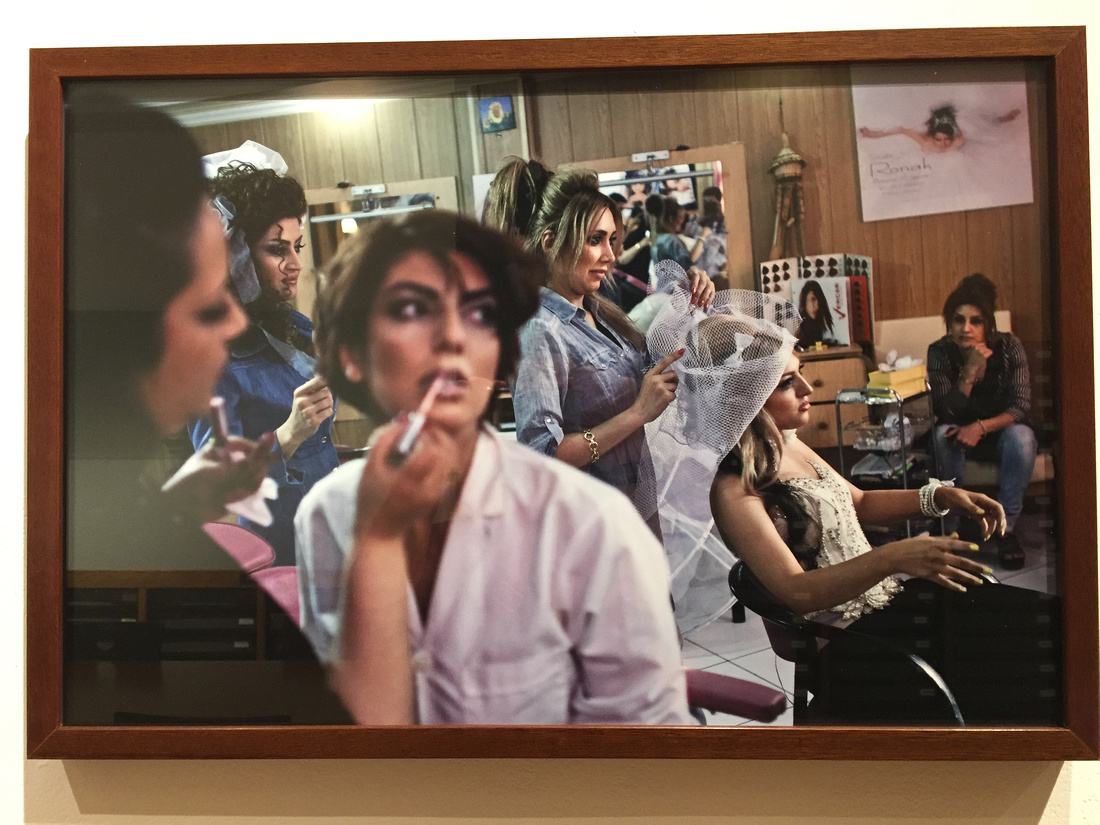

Some insightful person once said:
A room without books is like a body without a soul.
I think that the same could be said about art in the home. After all of the talk and arguments about gear, pixel-peeping, paper weights, and printer profiles, just print and frame the damn photo! It’s an amazing thing to view a properly framed photograph on your wall. To walk by it each morning on your way to having your coffee and on your way home from a long day of work.
Print and frame your images for friends and family. Give it away or sell it if you must. All amateurs, hobbyists, and professionals should aspire to do this.
A photograph doesn’t exist until it is printed, said, Constantine Manos
The light is always right.
jhg
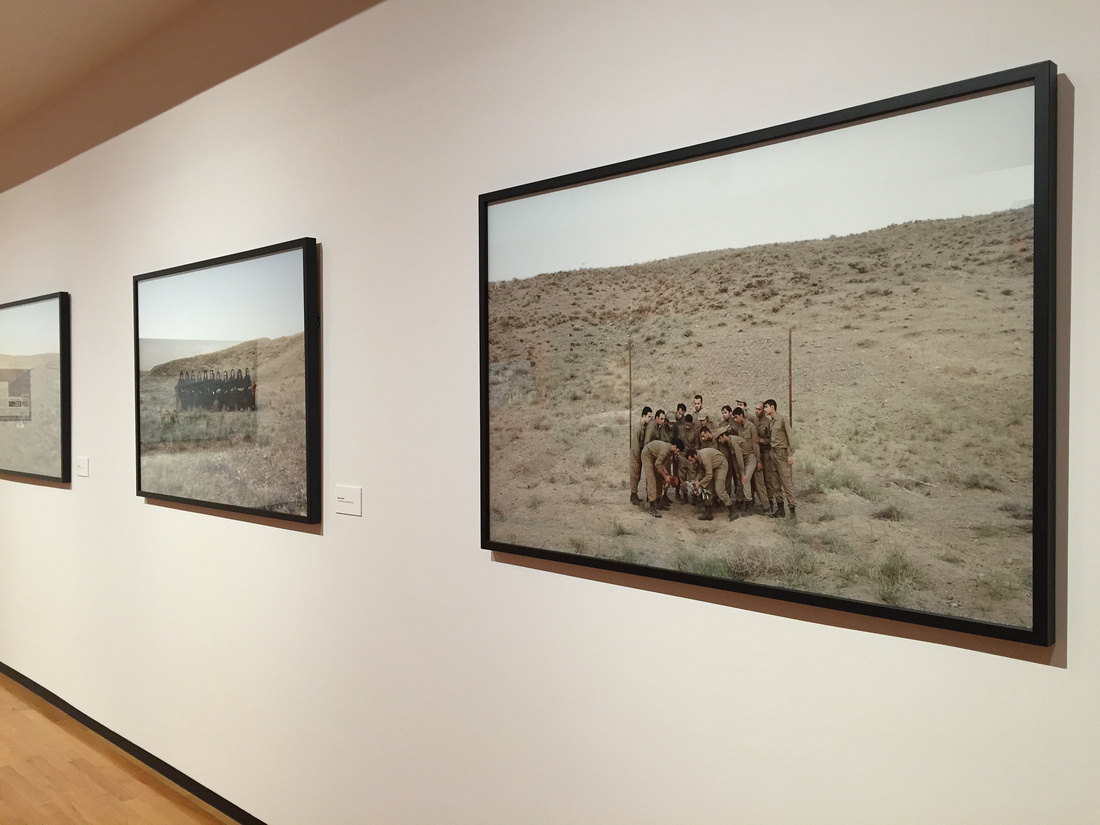

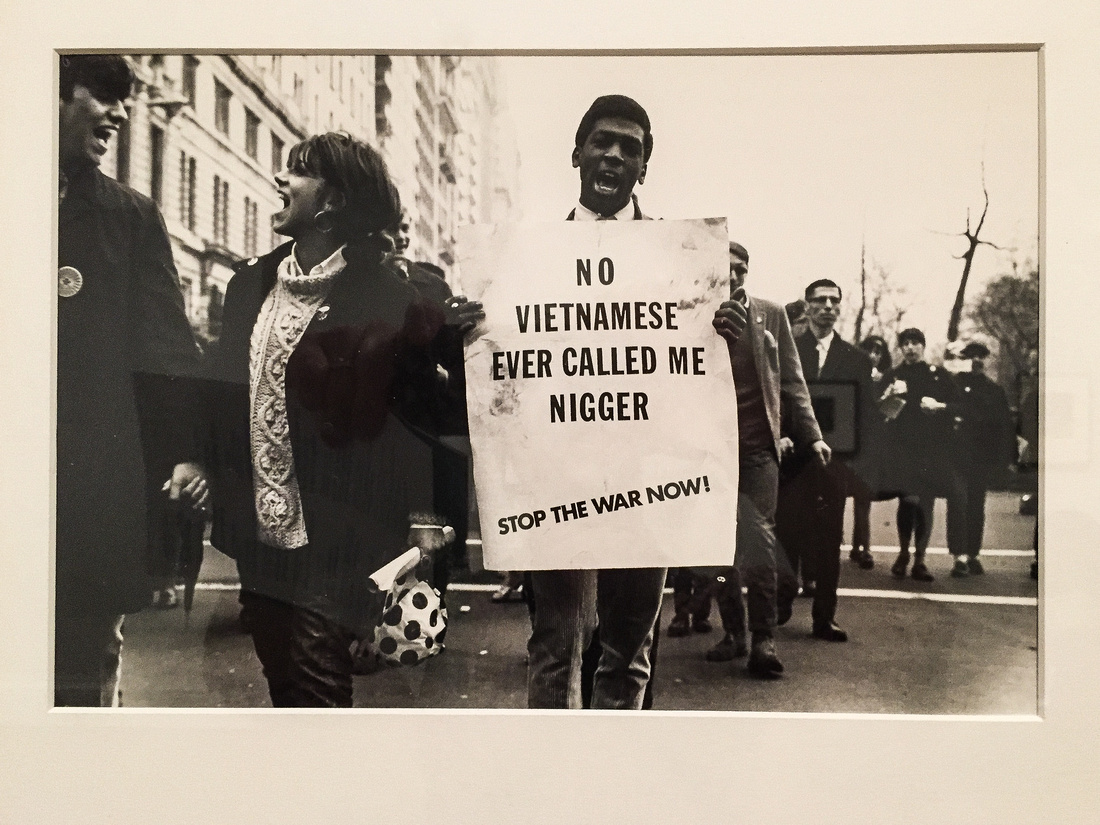

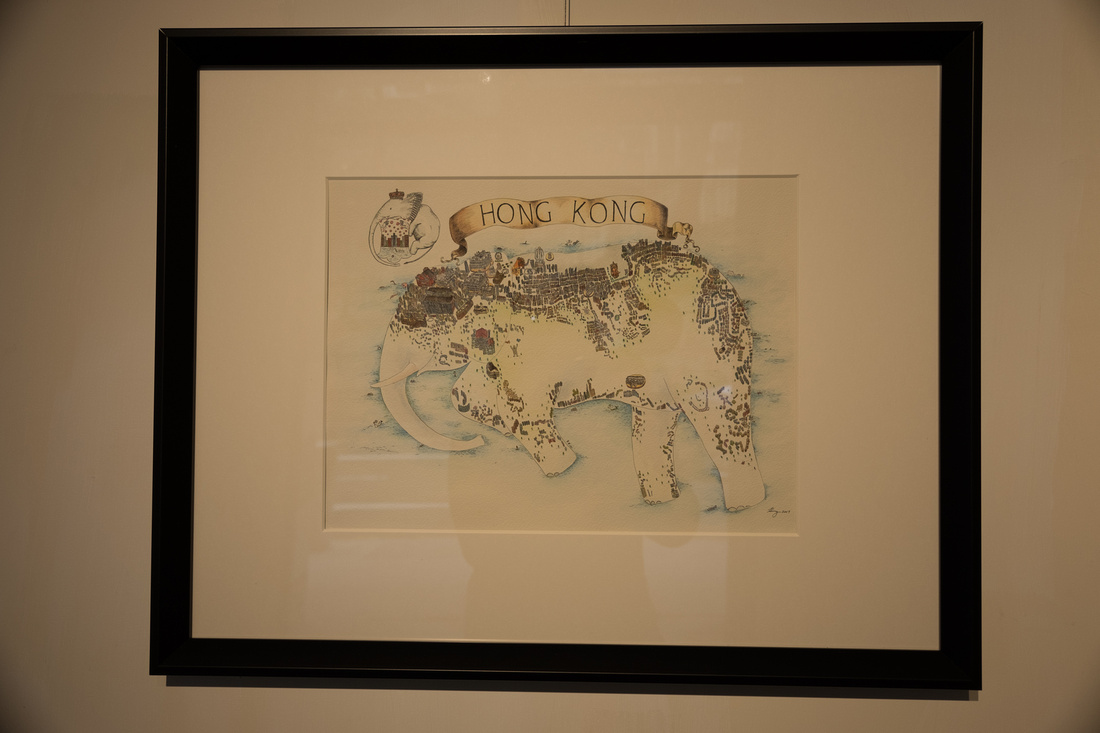

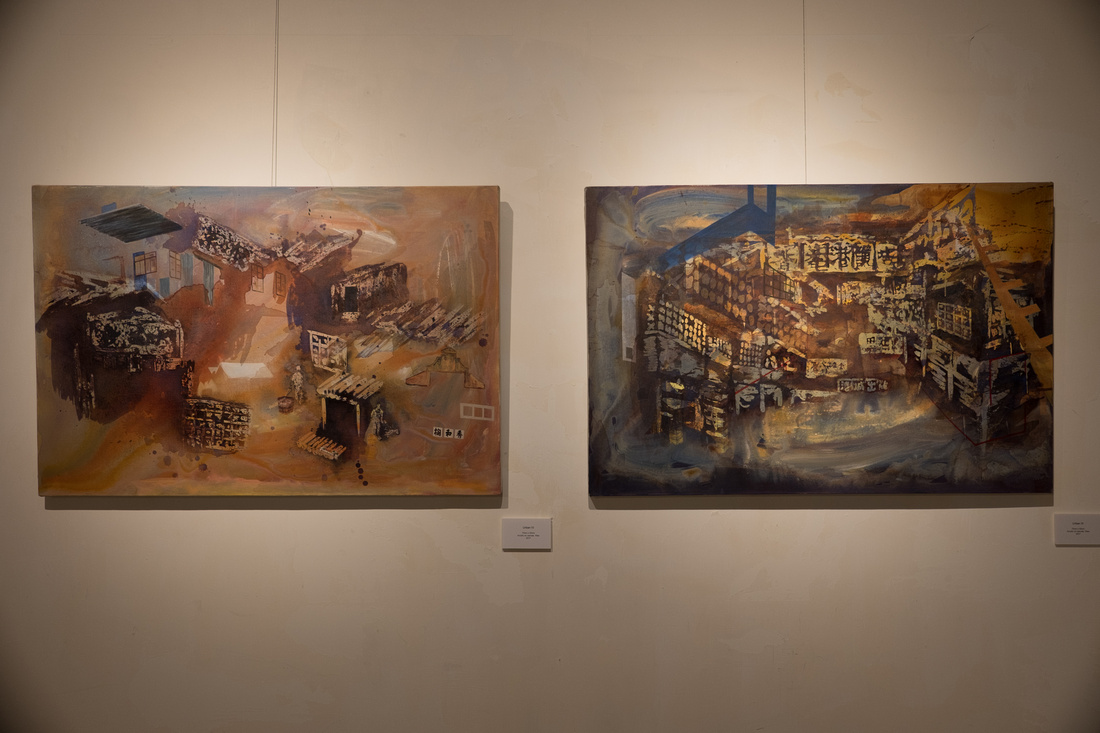

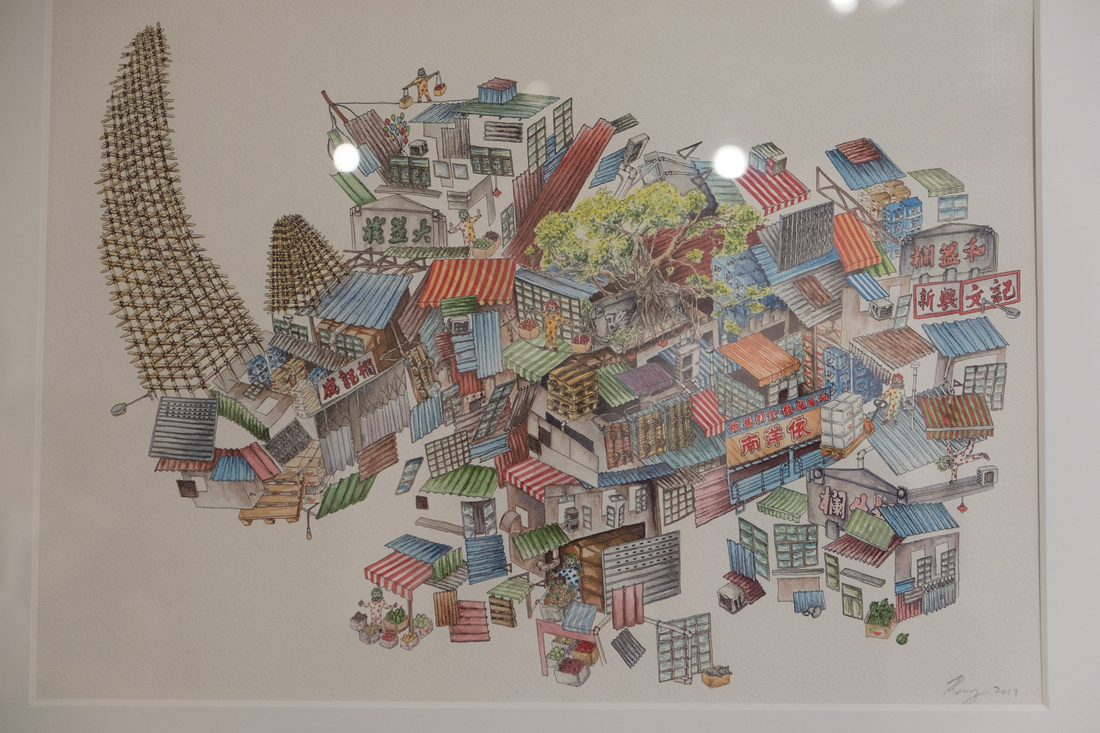

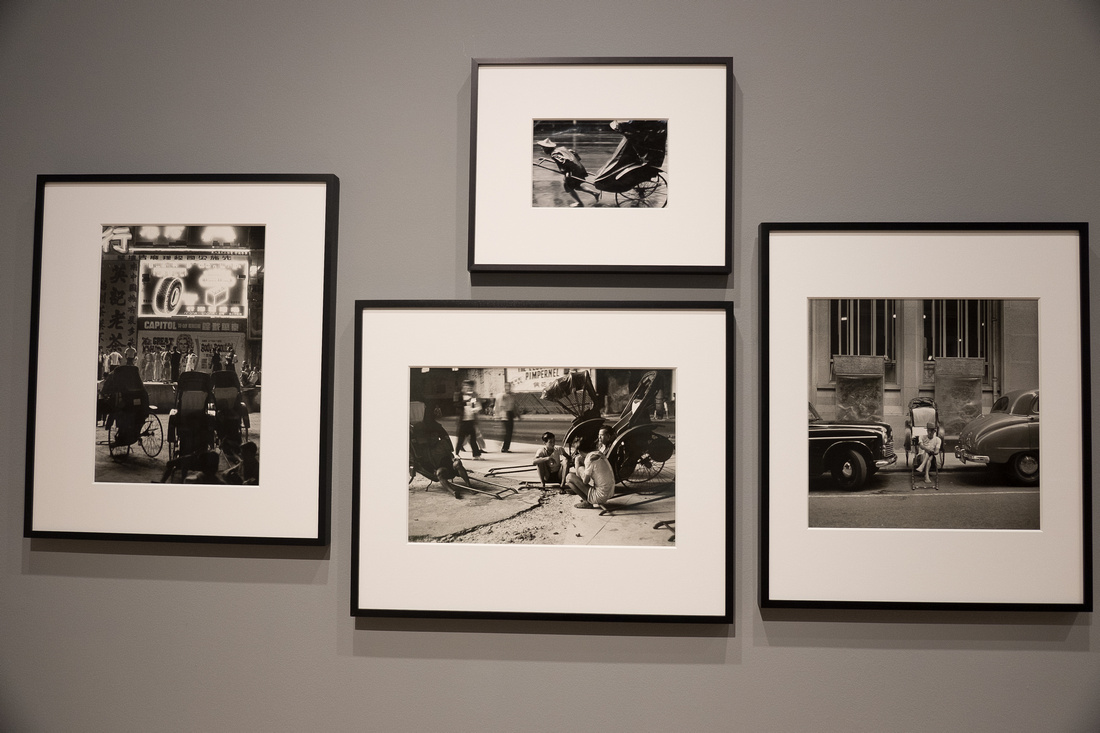

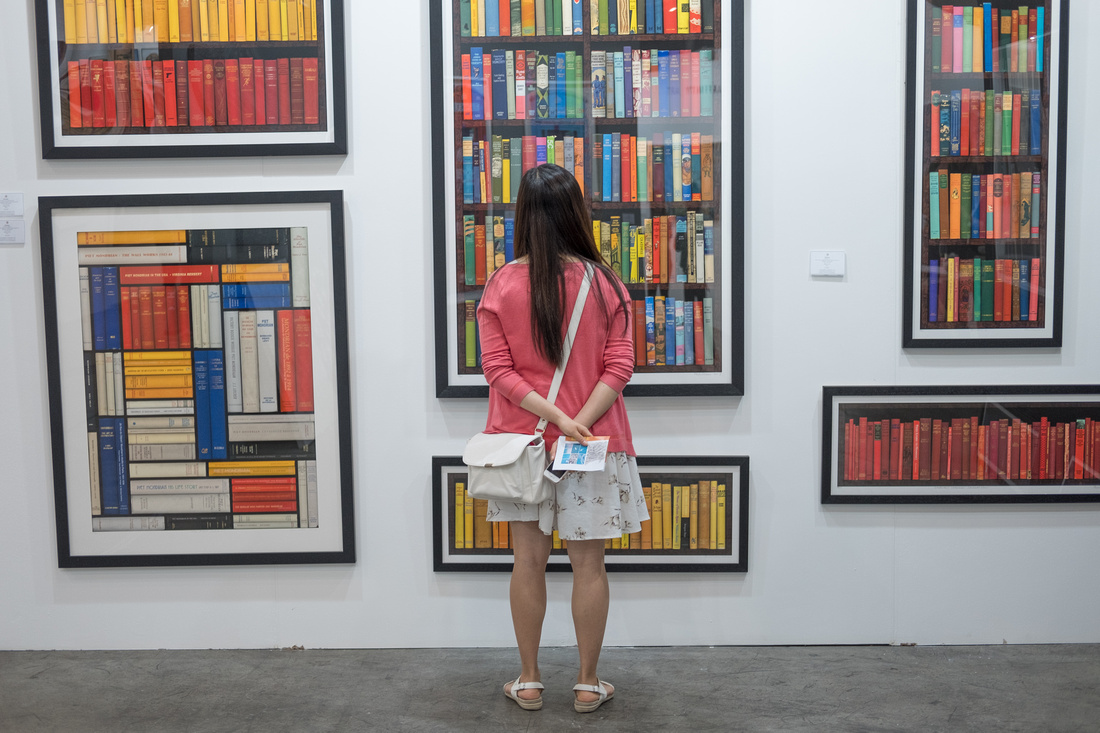

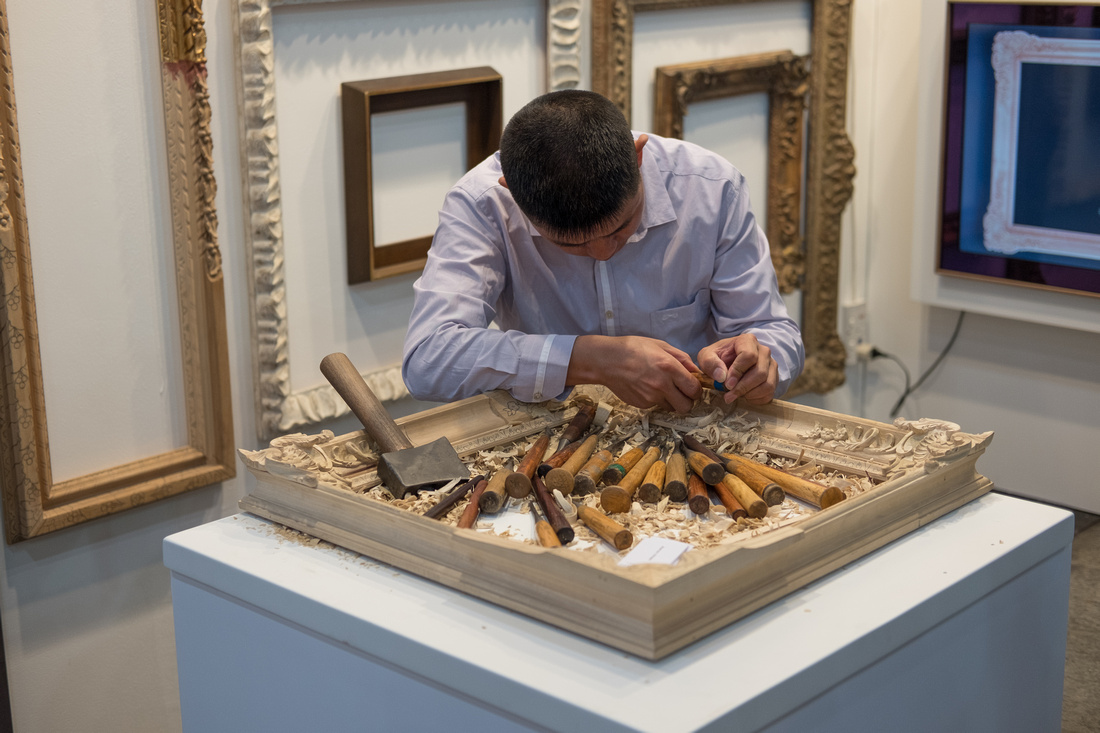

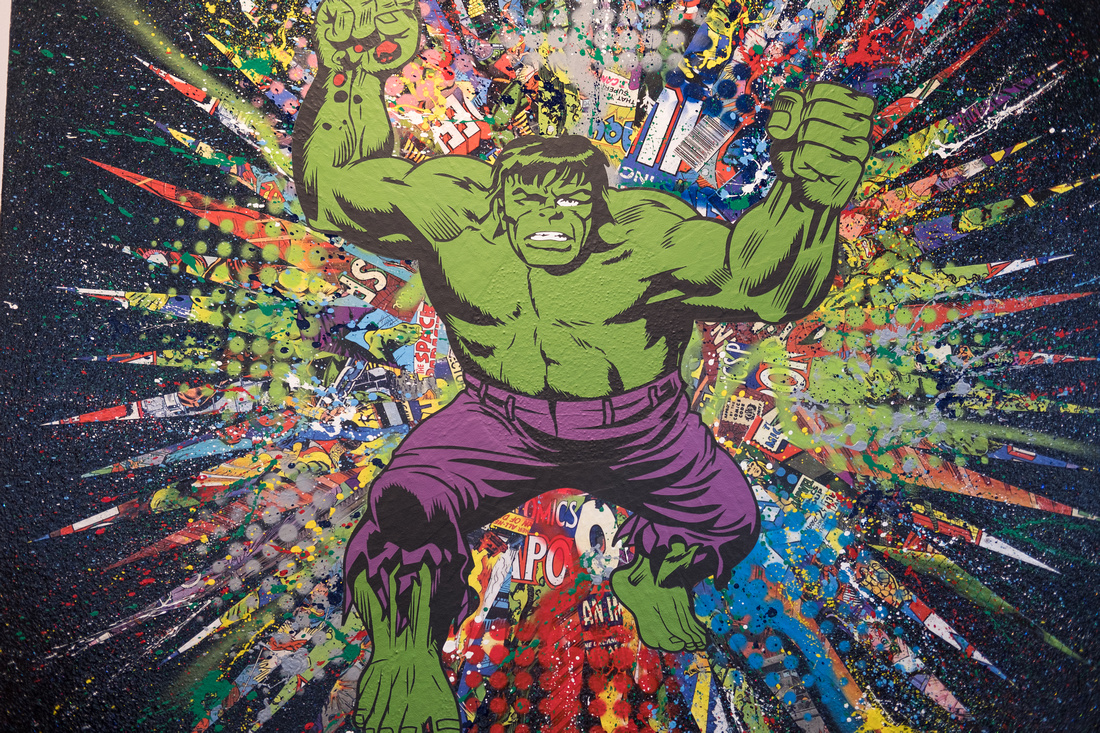

Blog #58 Micro & Macro Education in Photography
Blog #58 Micro & Macro Education in Photography
In this week’s blog, I would like to offer some food for thought on the concept of education in photography. As an artistic medium and endeavour, like most things, formal or informal instruction as well as practice is required for improvement. I offer that there are two distinct types of learning that lead to improvement of the photographer. Let’s call them Macro and Micro Education and discuss how they relate to personal improvement.
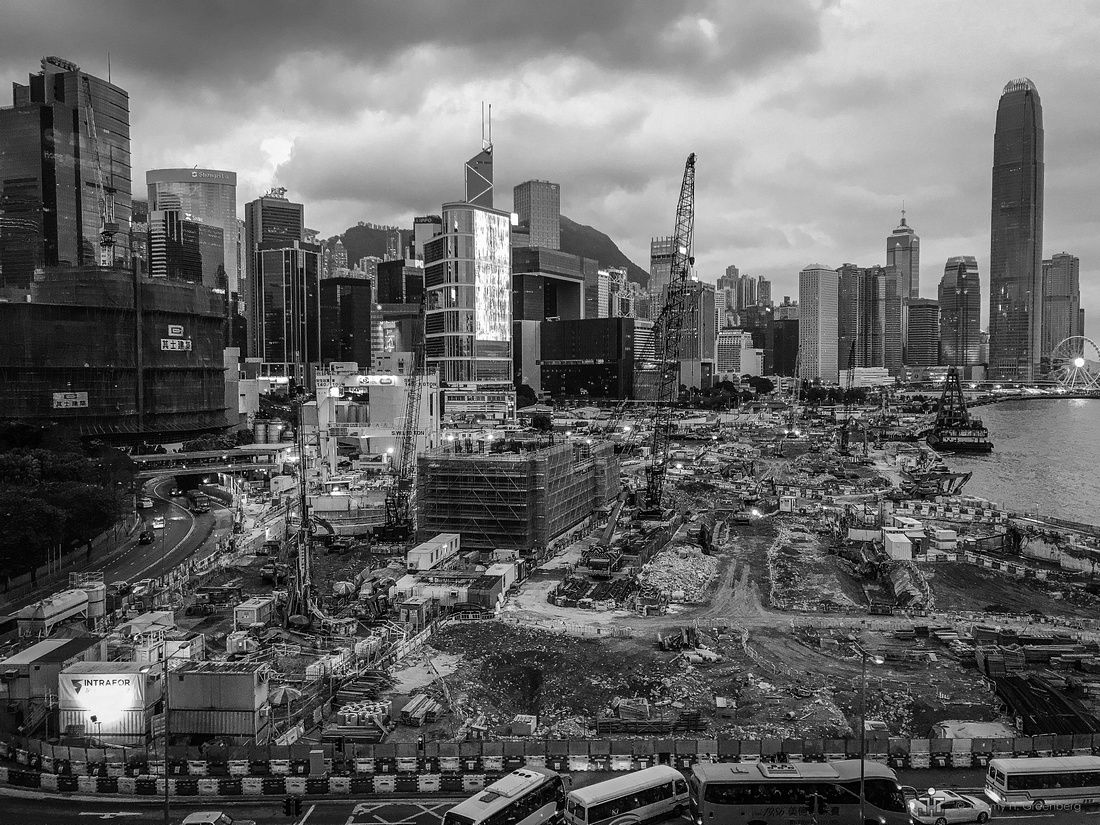

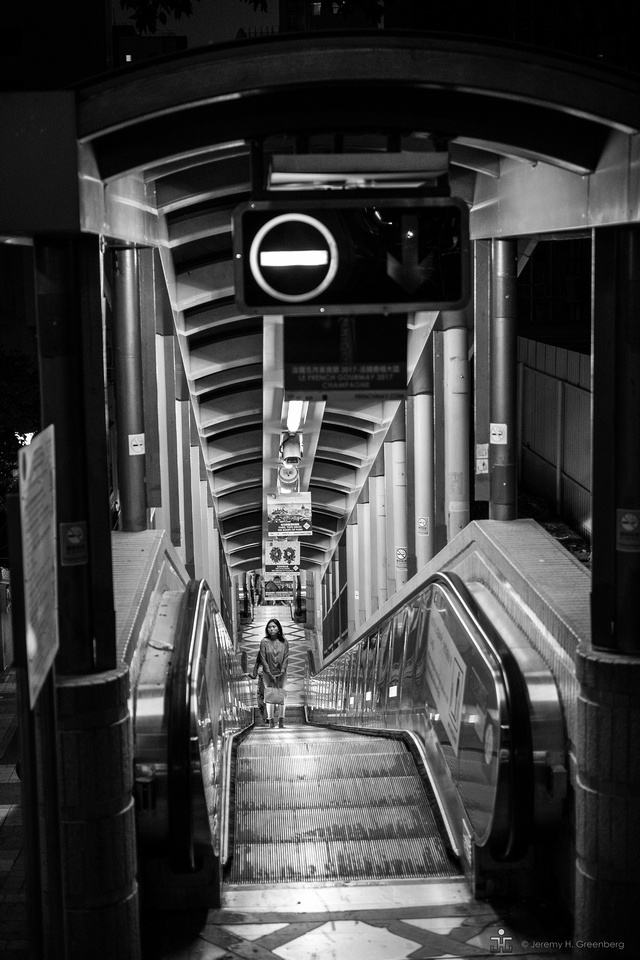

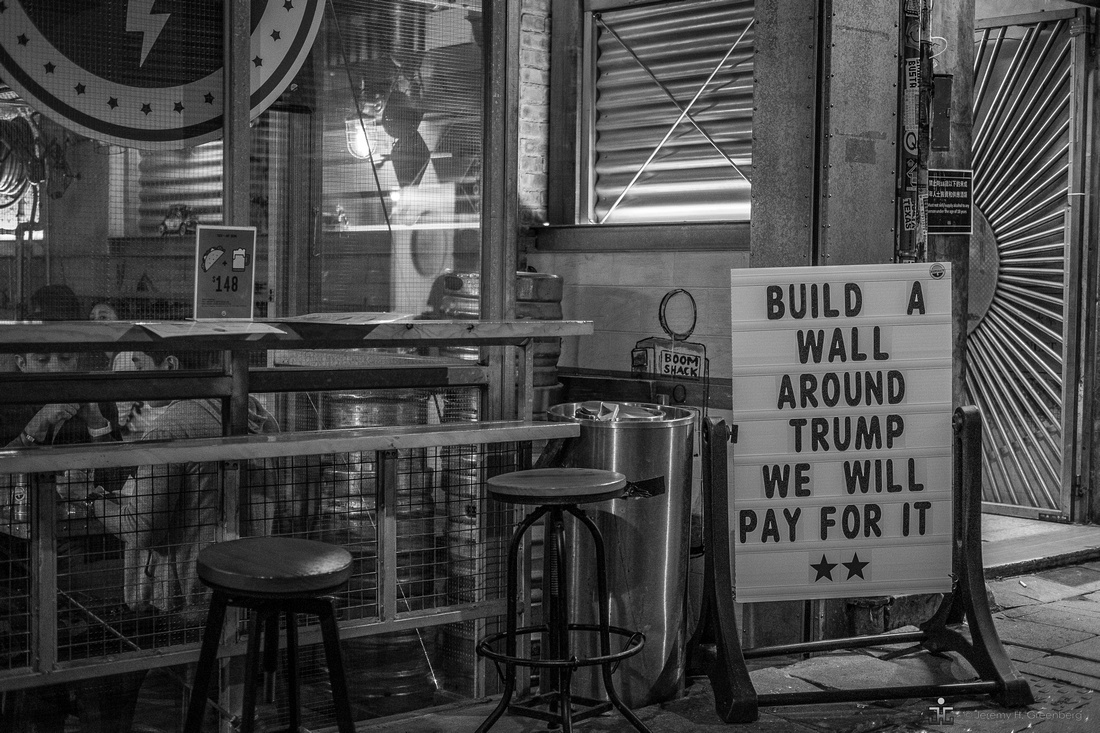

Very simply, Micro education involves: education of the use of lenses for specific applications, composition, aperture and shutter speed, ISO, post processing techniques akin to the darkroom such as burning, dodging, vignetting, black and white, high contrast, selective coloration, toning (cyanotype, printing images in blue tones or another colour such as sepia), depth of field manipulation and other related technical aspects of making an image or printing an image.
We all must learn the technical side of making images to enhance our creative process. Modern cameras, have many controls that afford the photographer multiple tools at his or her disposal to make the connection from the image in their head (vision) and the final product. The more we learn how to operate these controls, the closer we bring our vision into the real world. Take back-button focus, for example. Do you need this? How do you know if you need this feature?
In contrast, Macro education includes learning and professional development on the topics of: defining style, finding your artistic voice, developing your inner artist statement and having something to say. This is harder to teach, and therefore harder to learn. This comes in time and although many introduction to photography courses might make mention of or try to address this topic, I expect that this aspect of the process might get lost along the way in many cases. Most of the articles online these days surely fail to address this all-important and arguably essential aspect of photography.


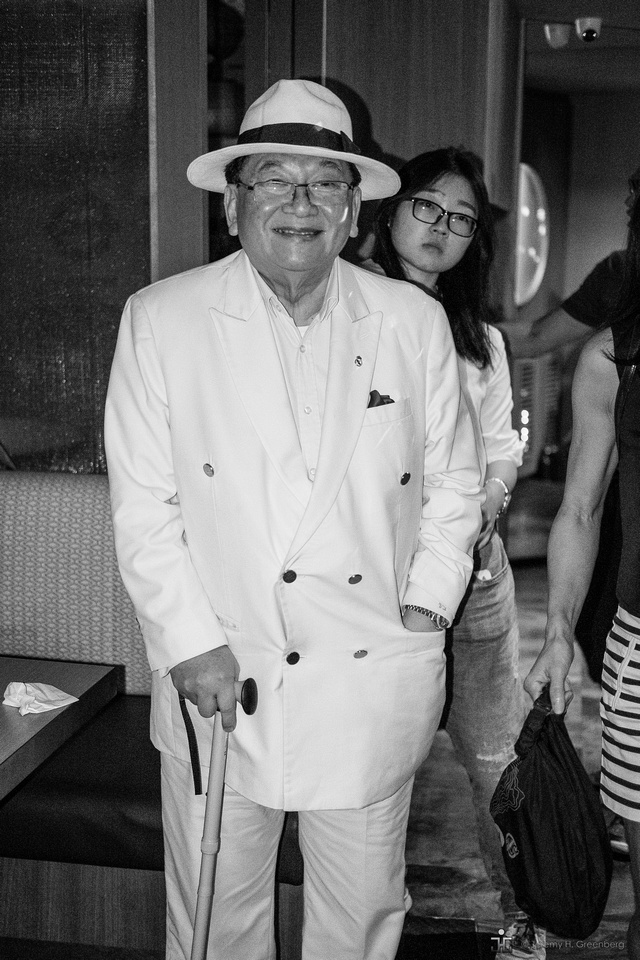

Both Micro & Macro are required for an intersection with the artist that will work well and communicate something uniquely specific from you and your photographic vision.
I’m reminded by the old saying:
“How do you get to Carnegie Hall?”
“Practice, Practice, Practice!”
Watch John Free's advice to street photographers to practice and view some previous Blogs on the subject of self improvement (See Blog #7 & Blog #52).
Now get out there and make some art!
The light is always right.
jhg
